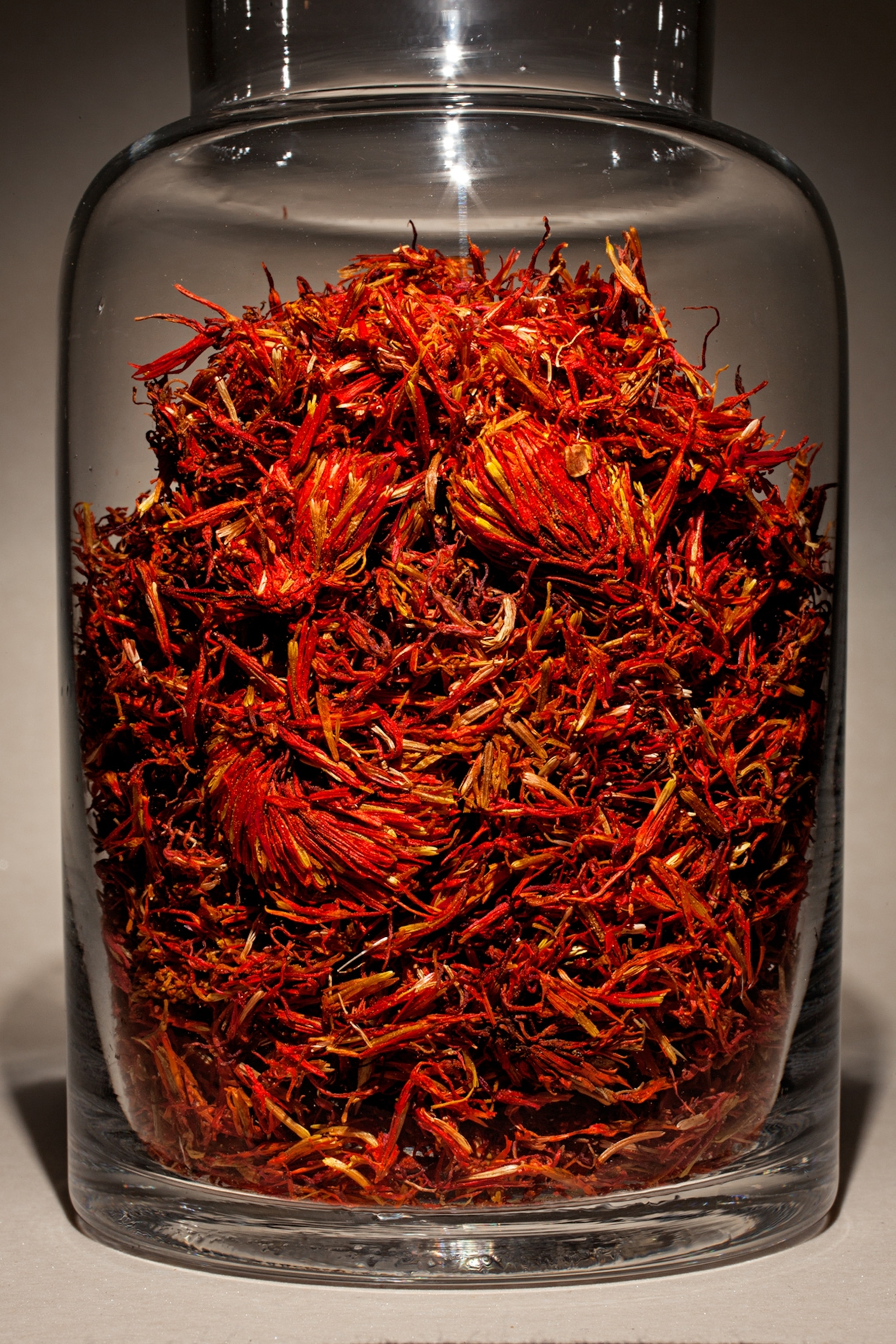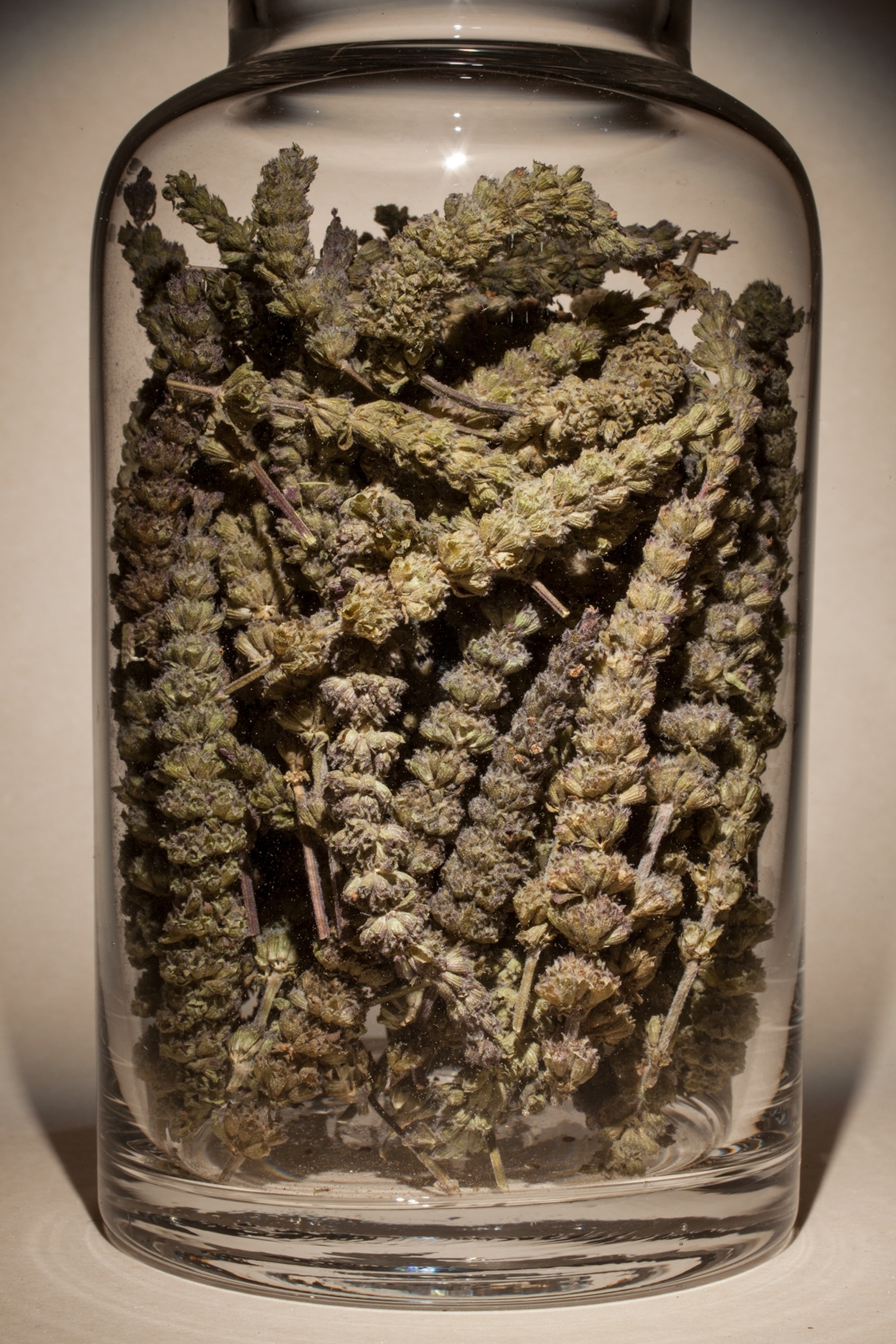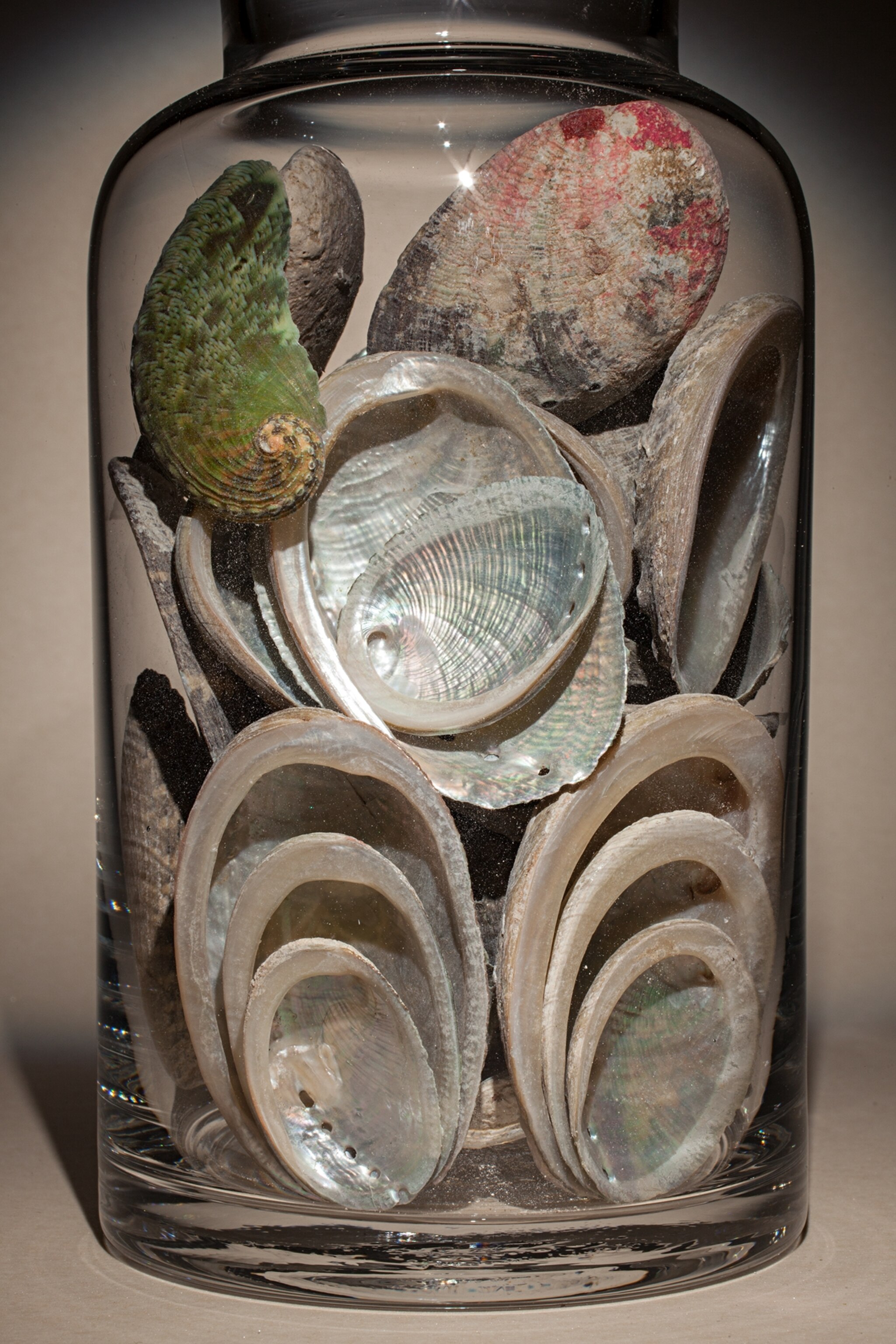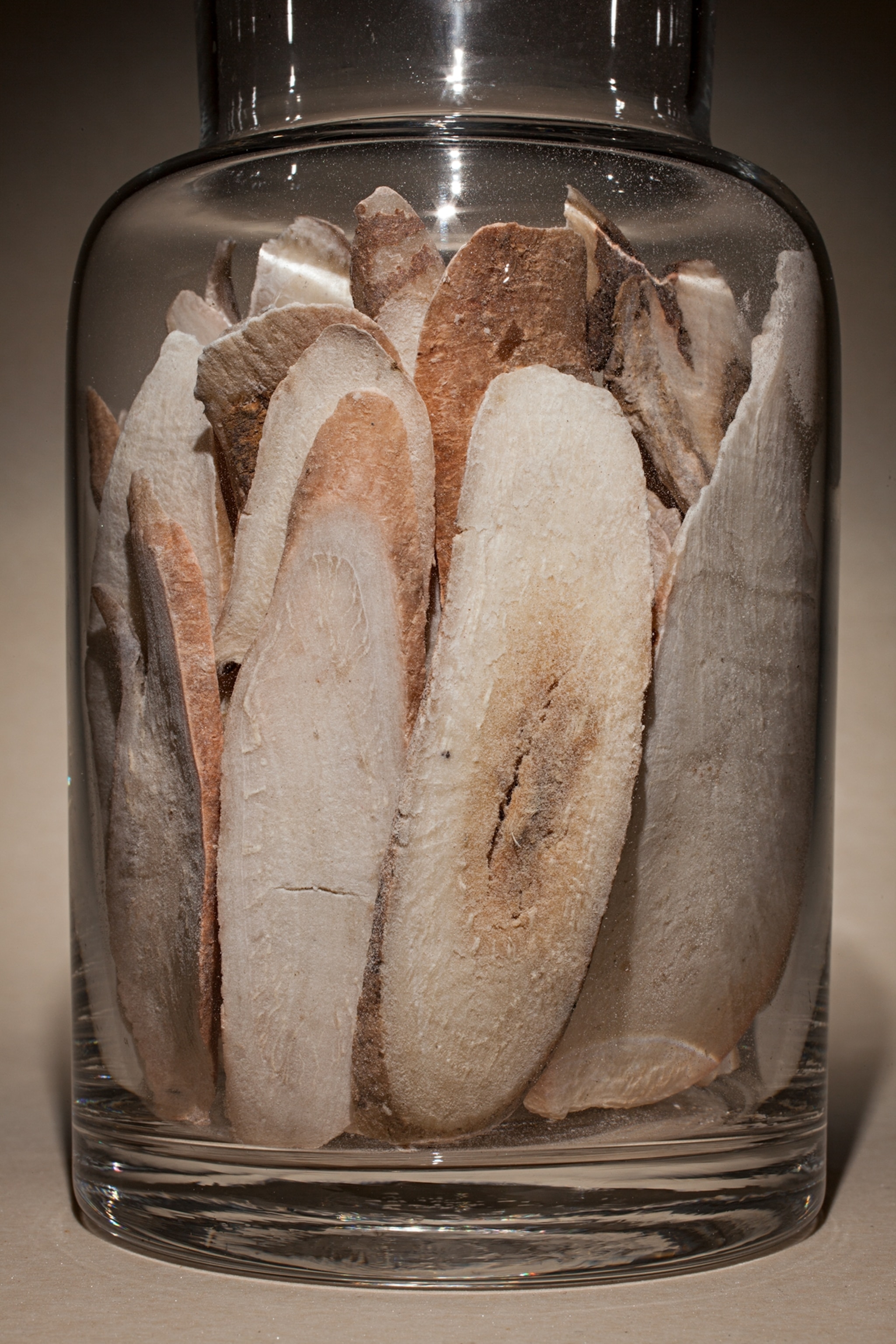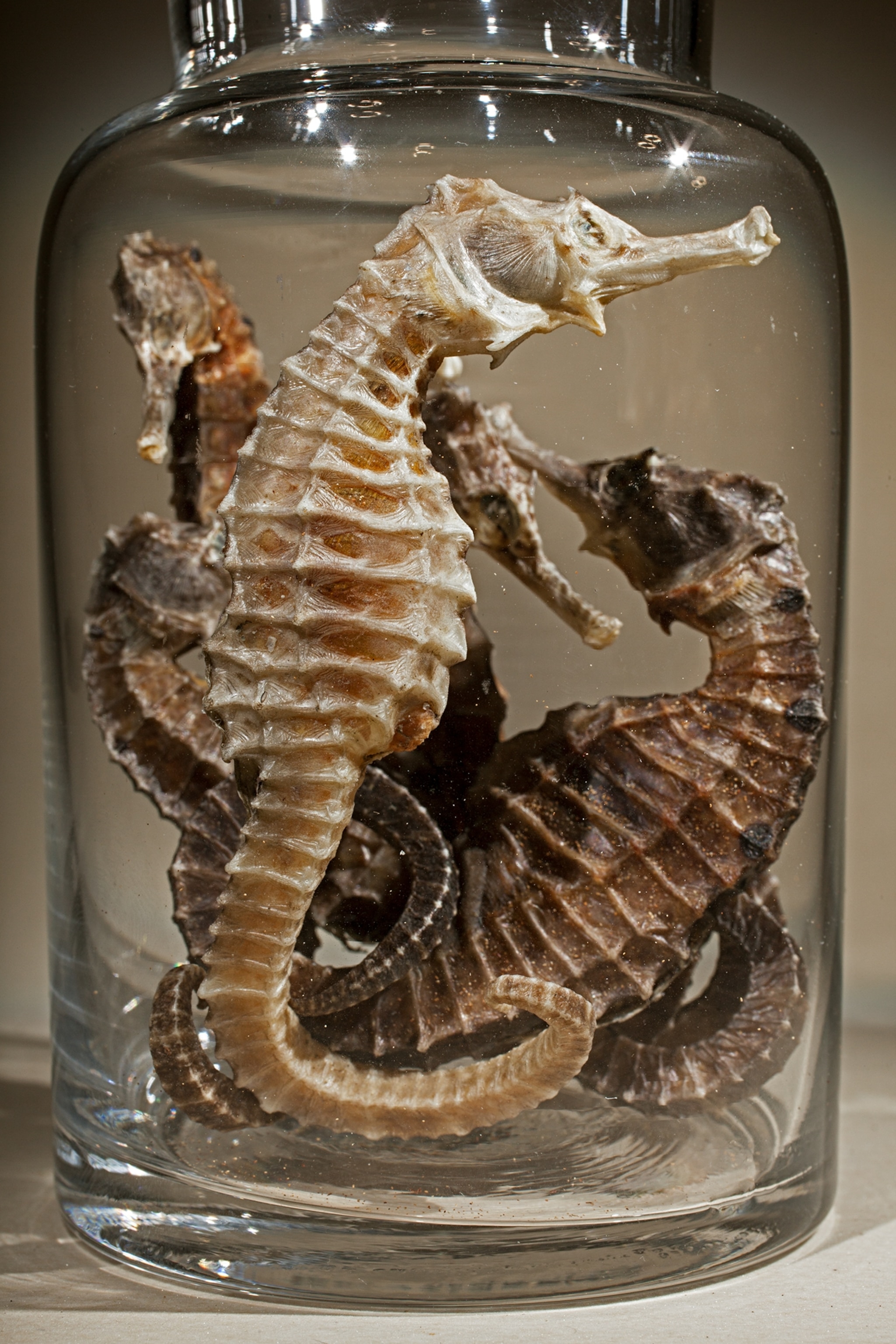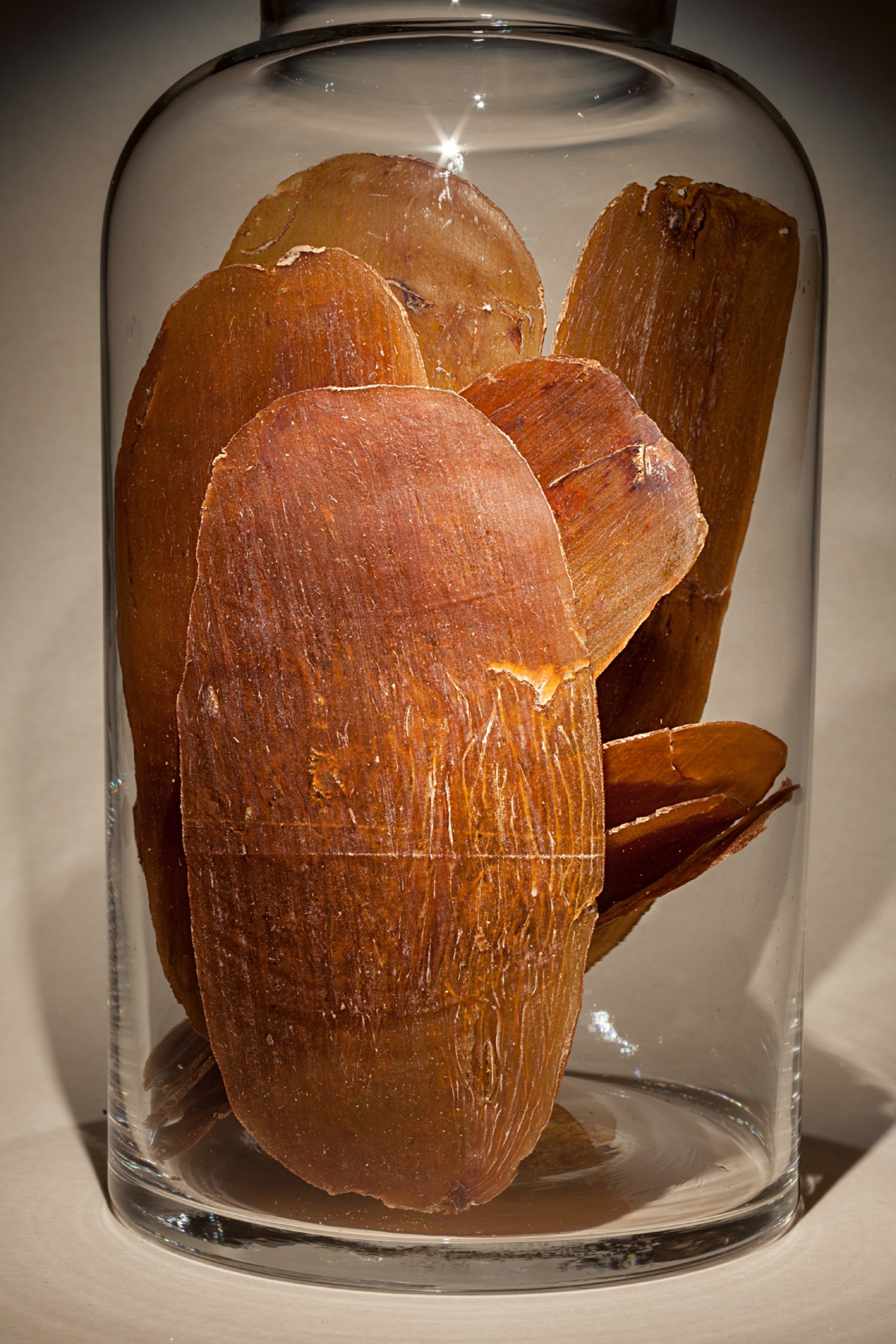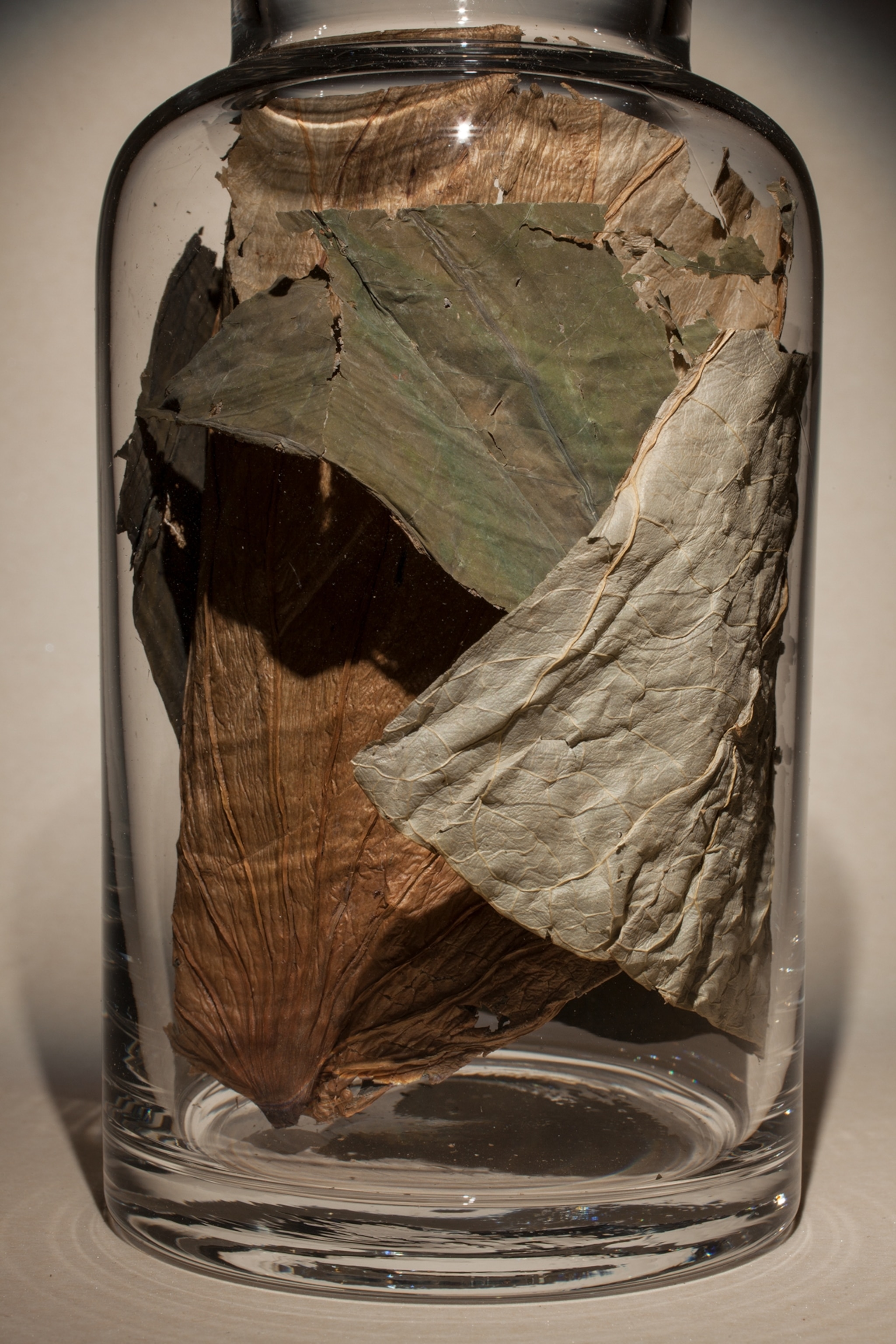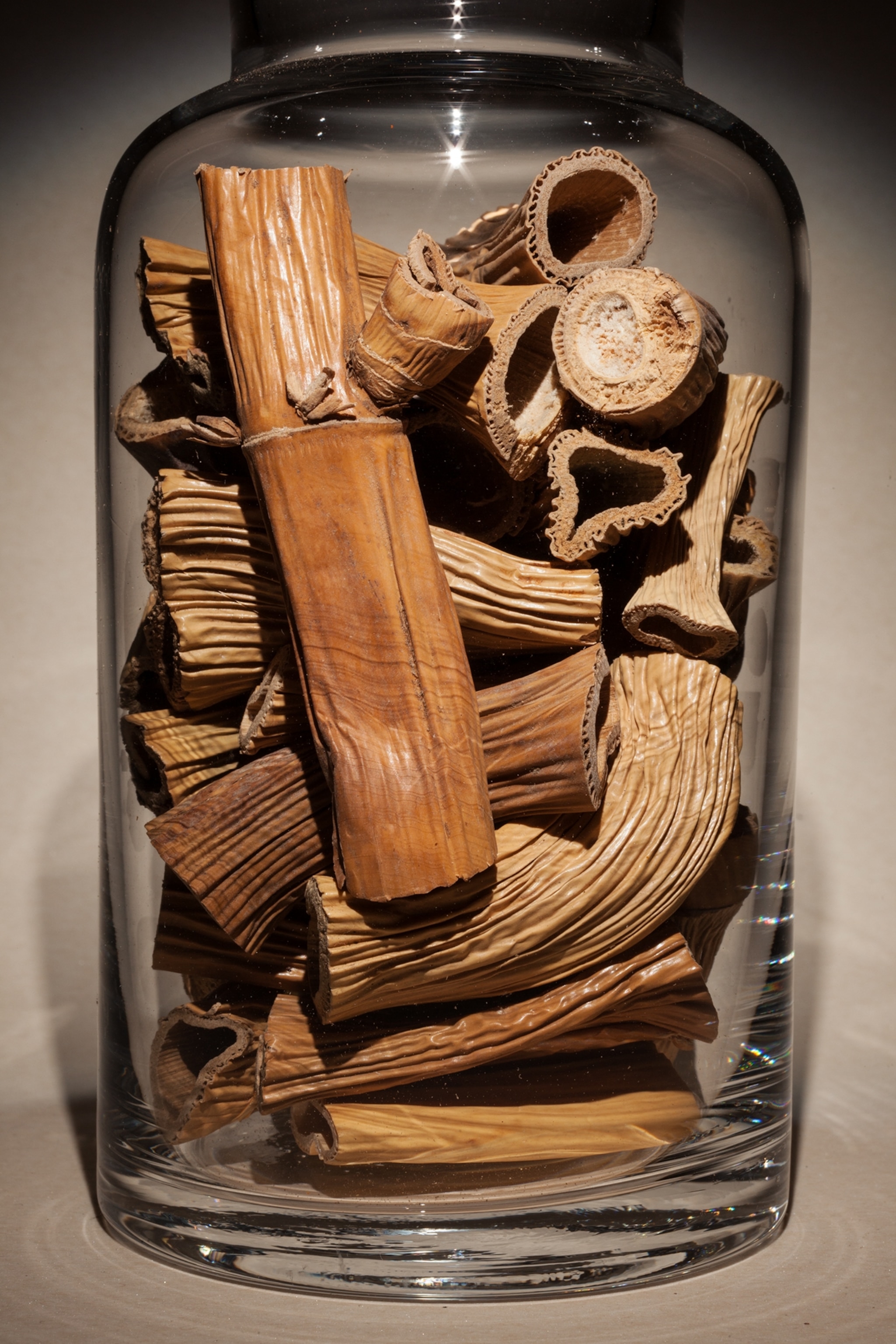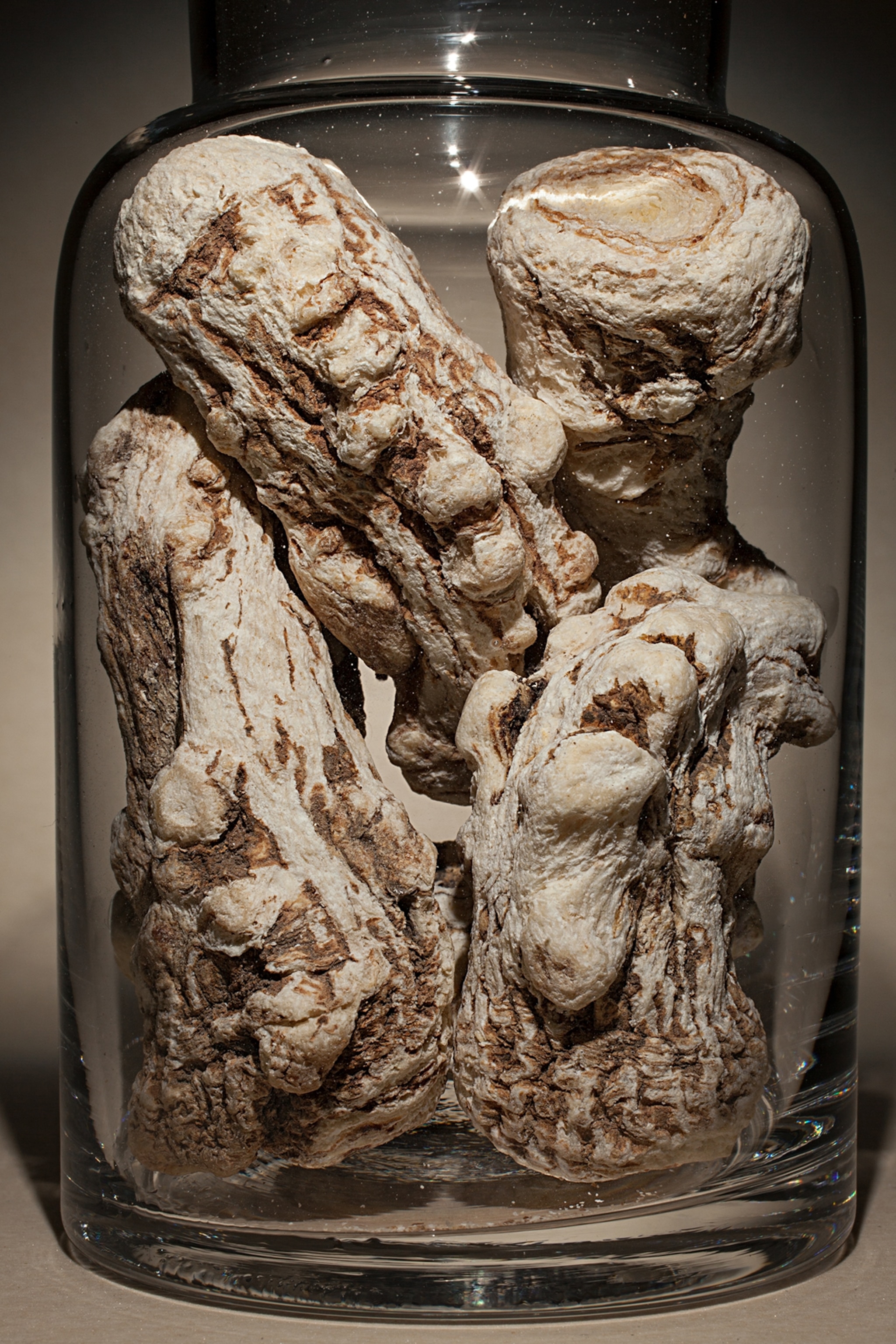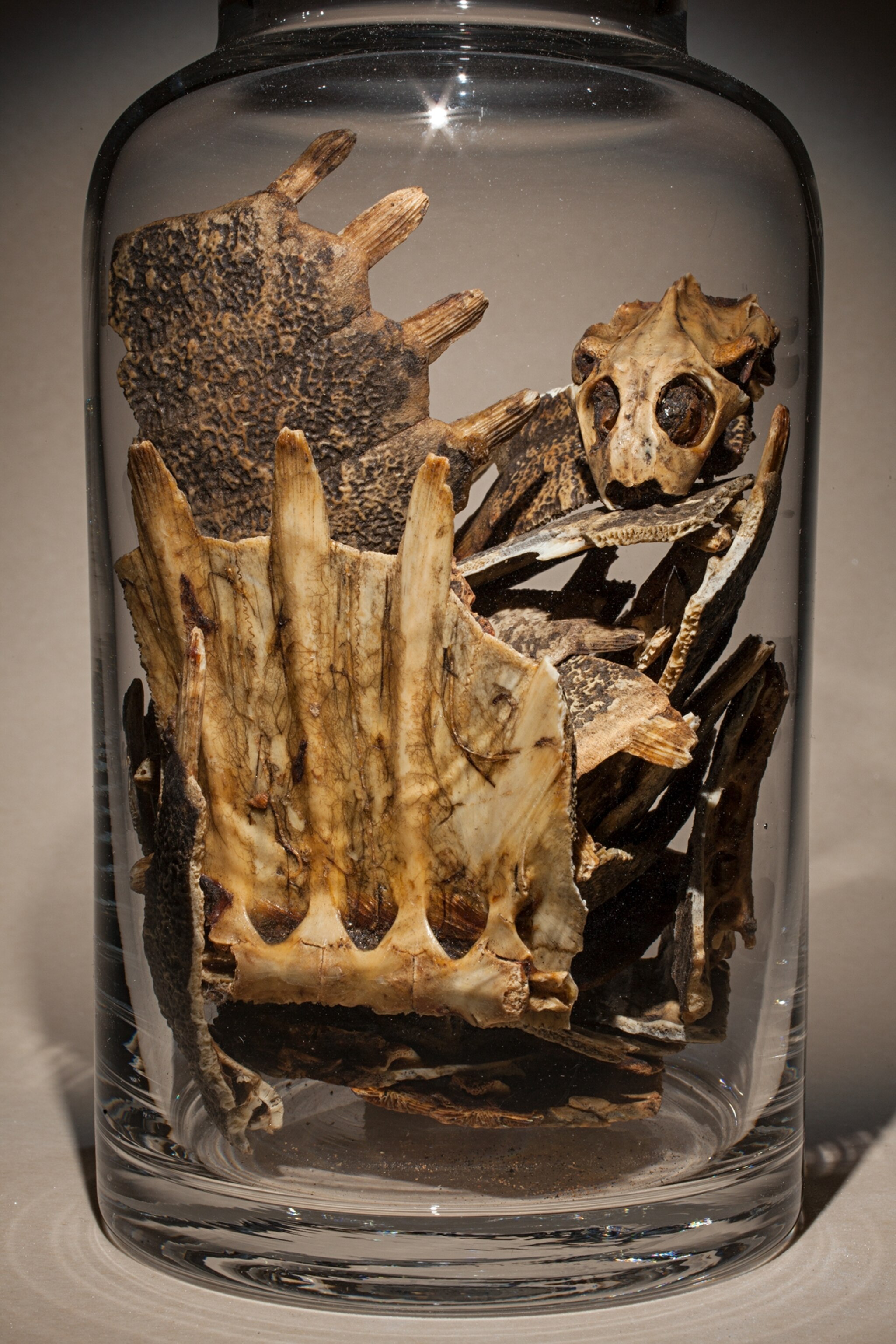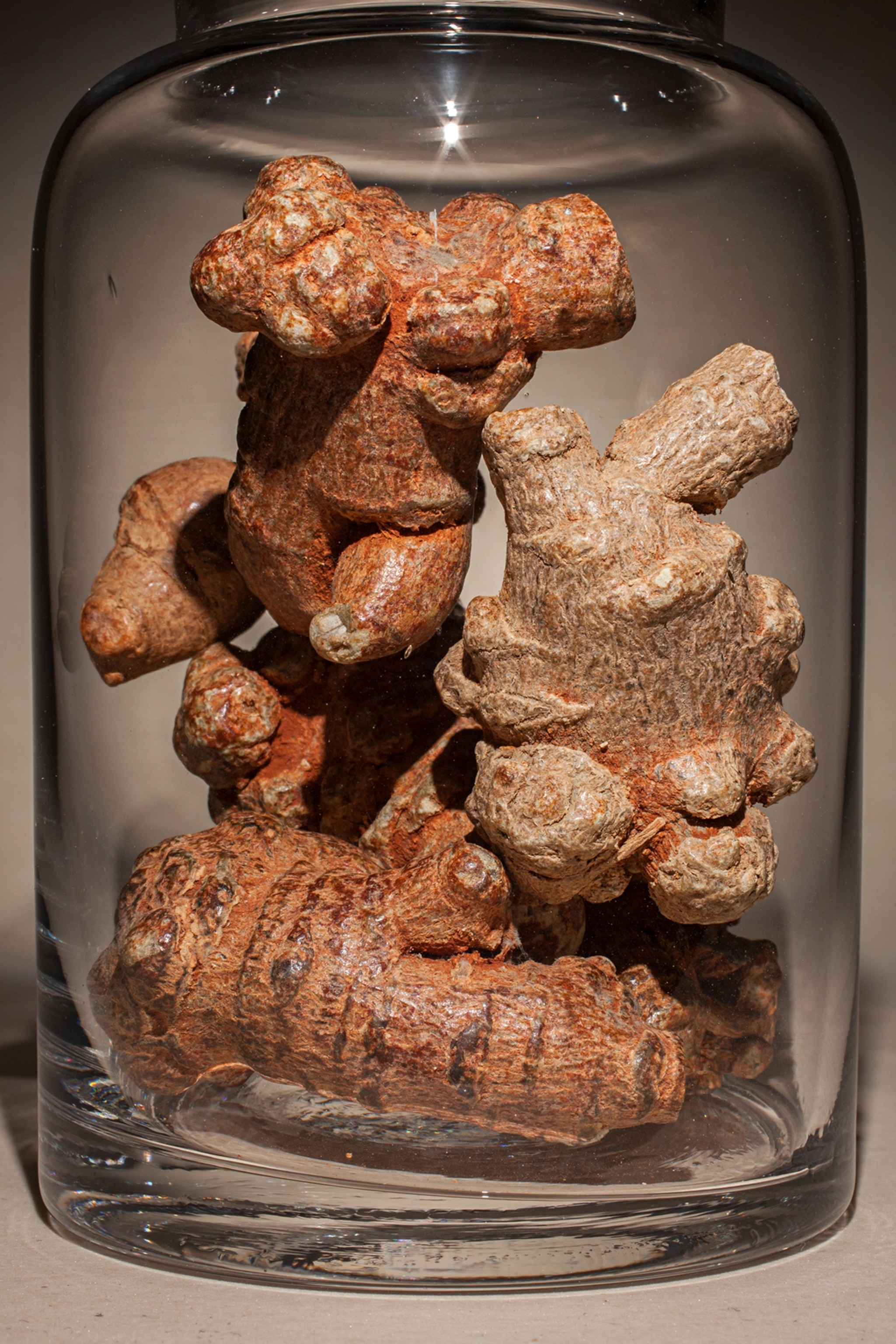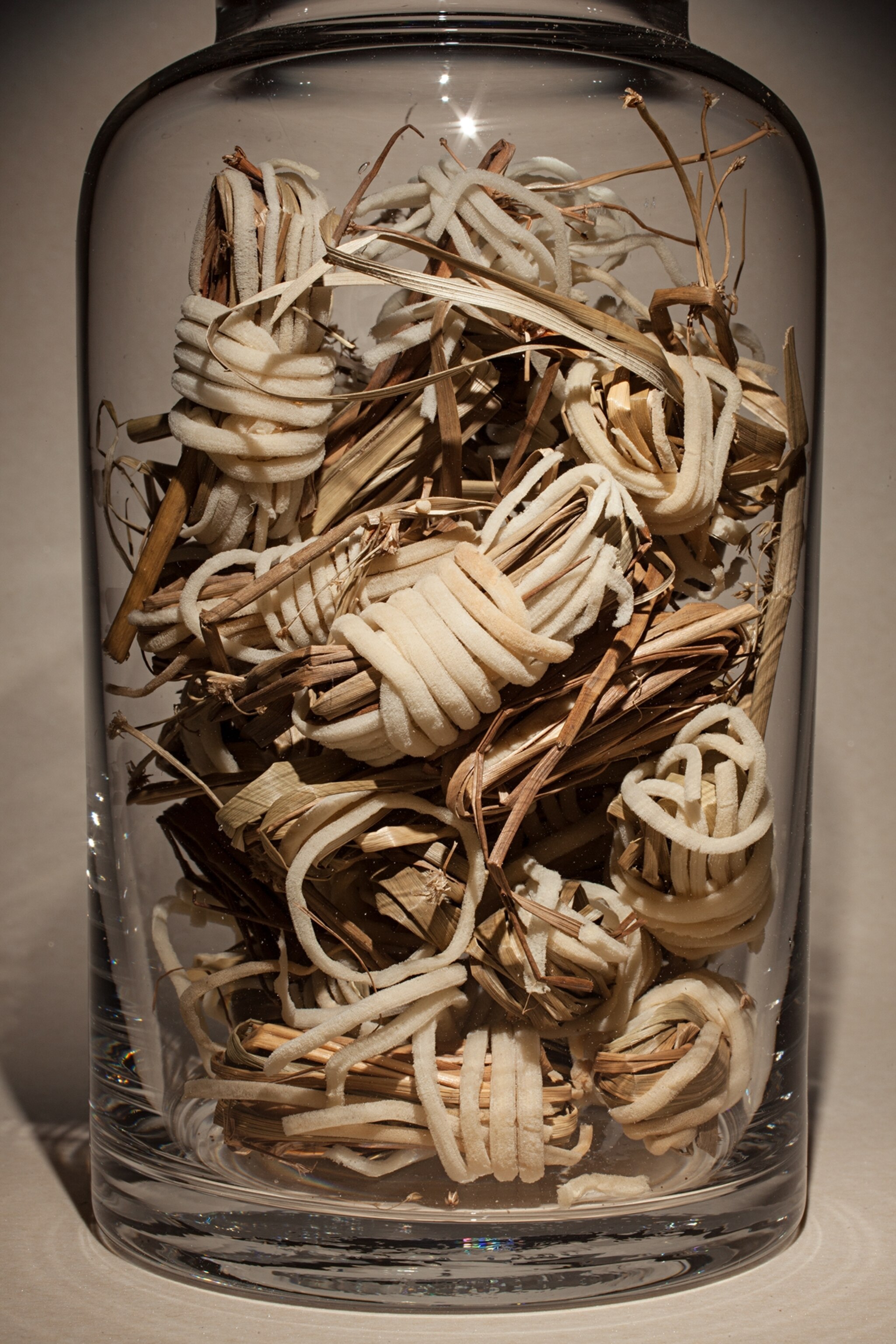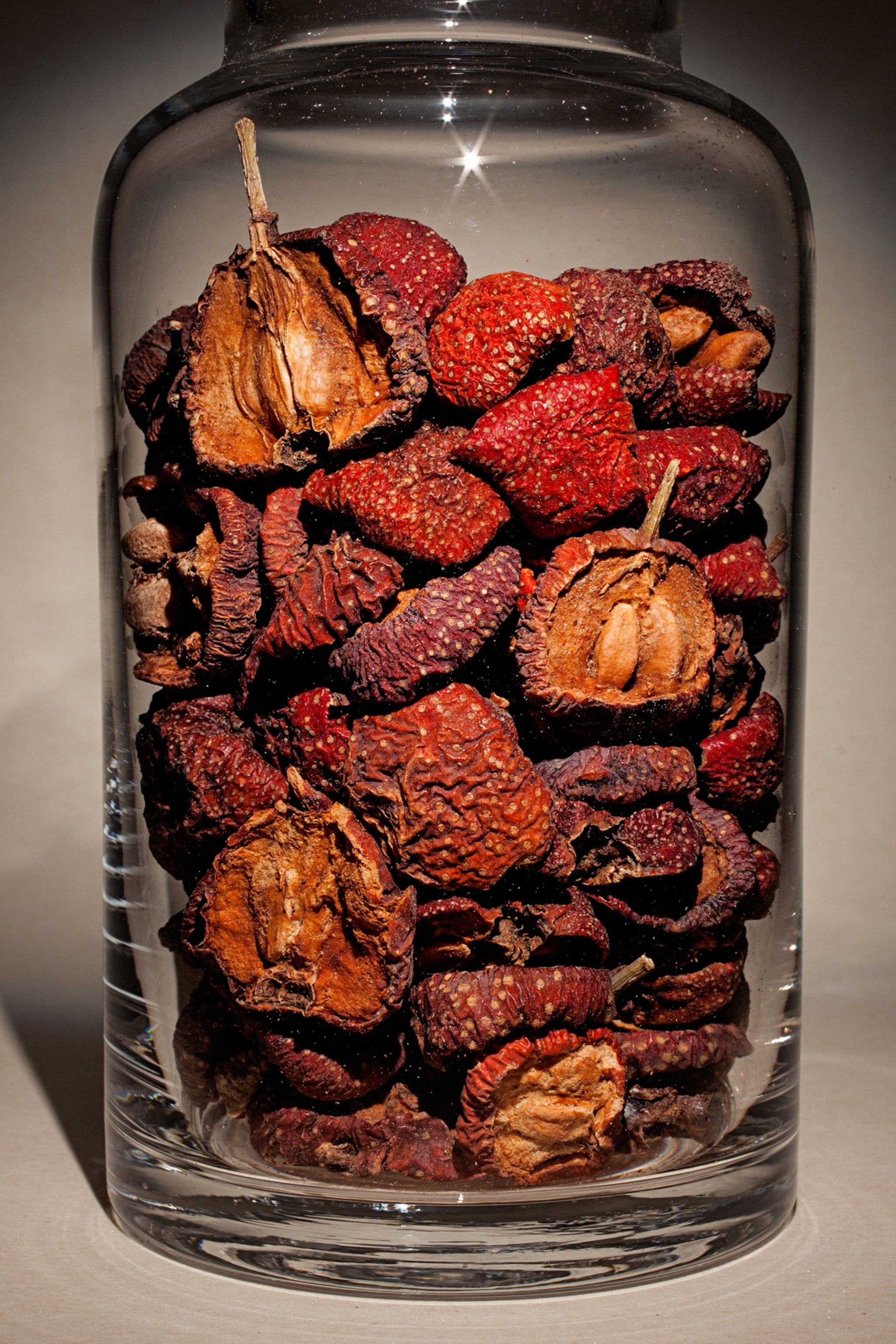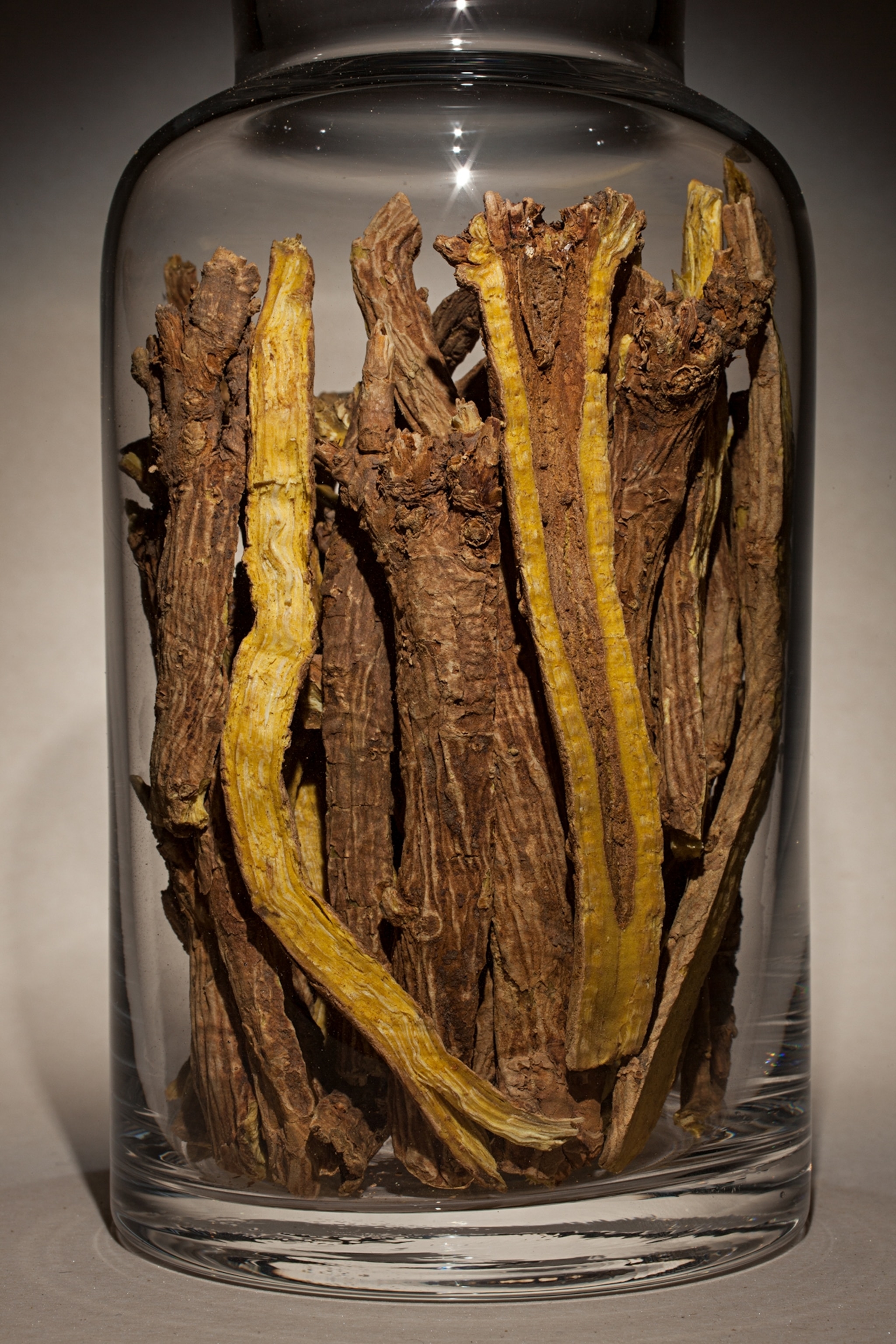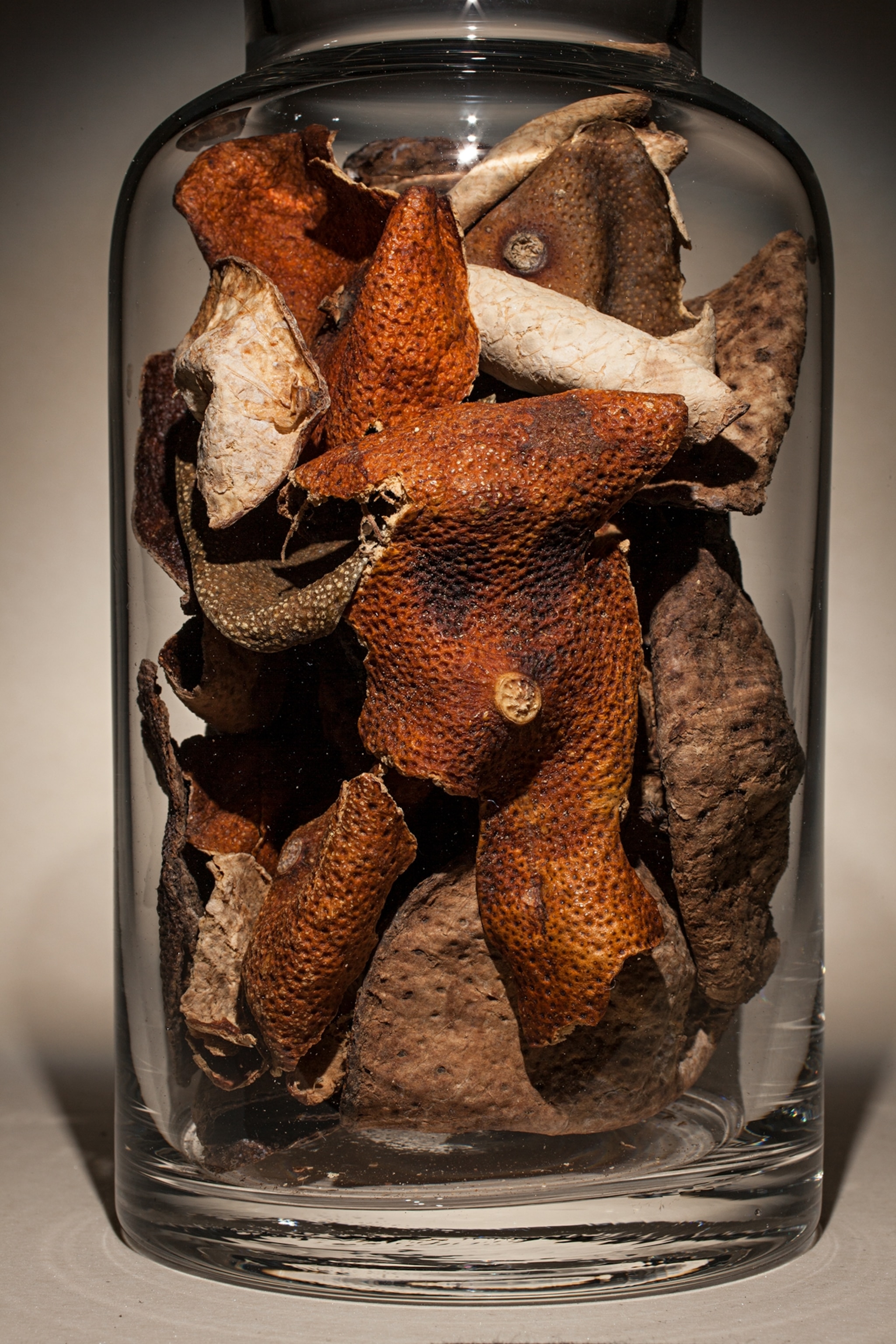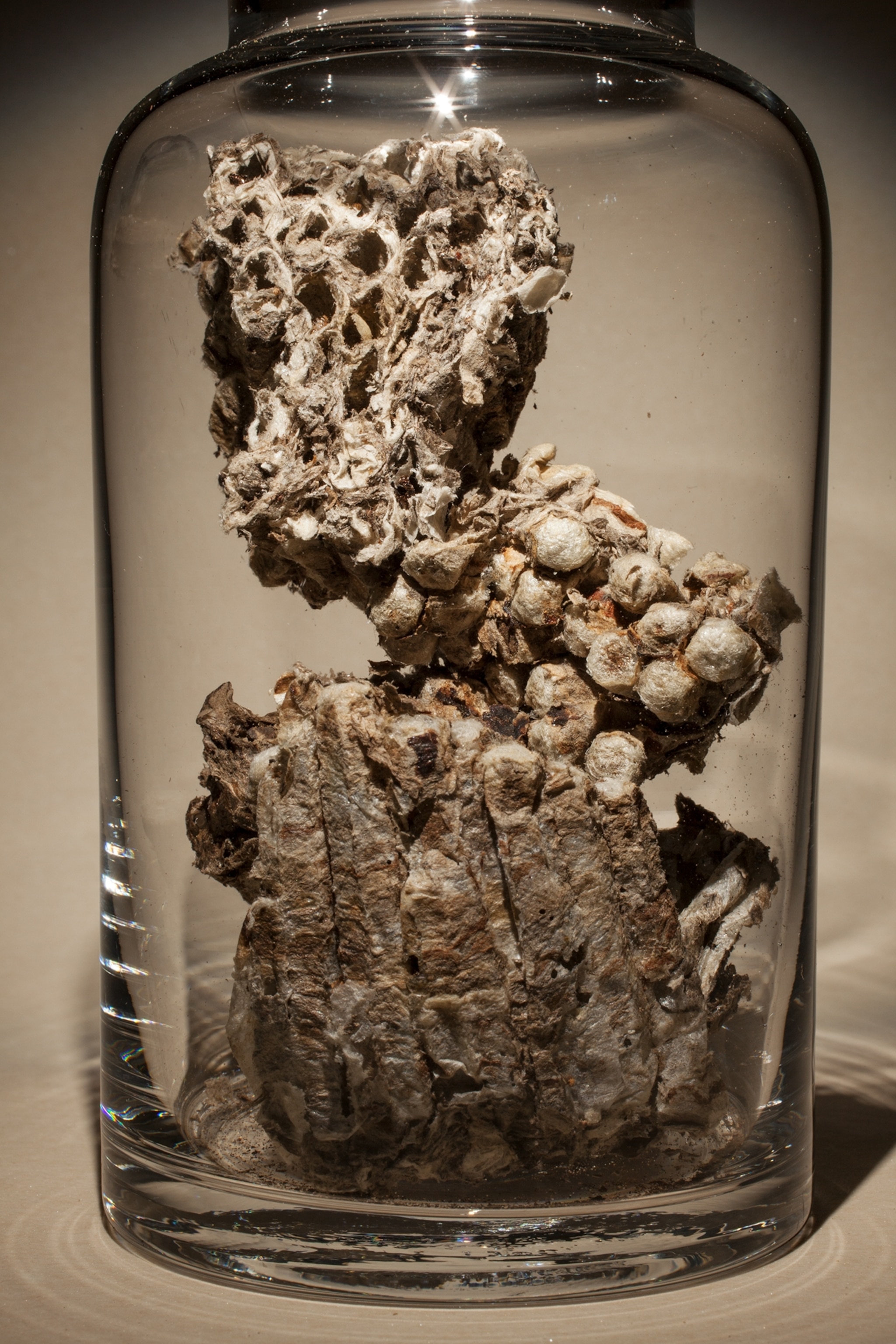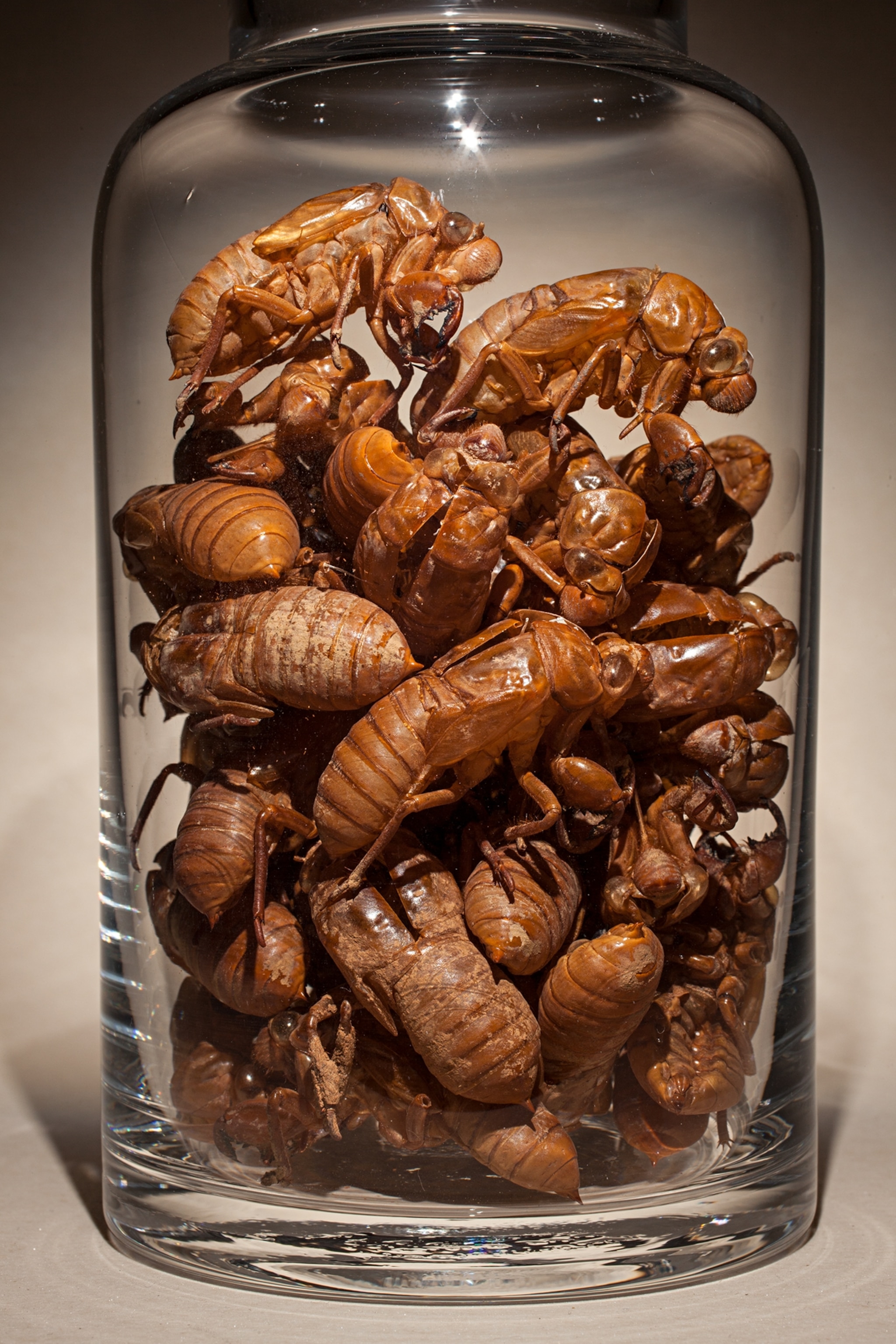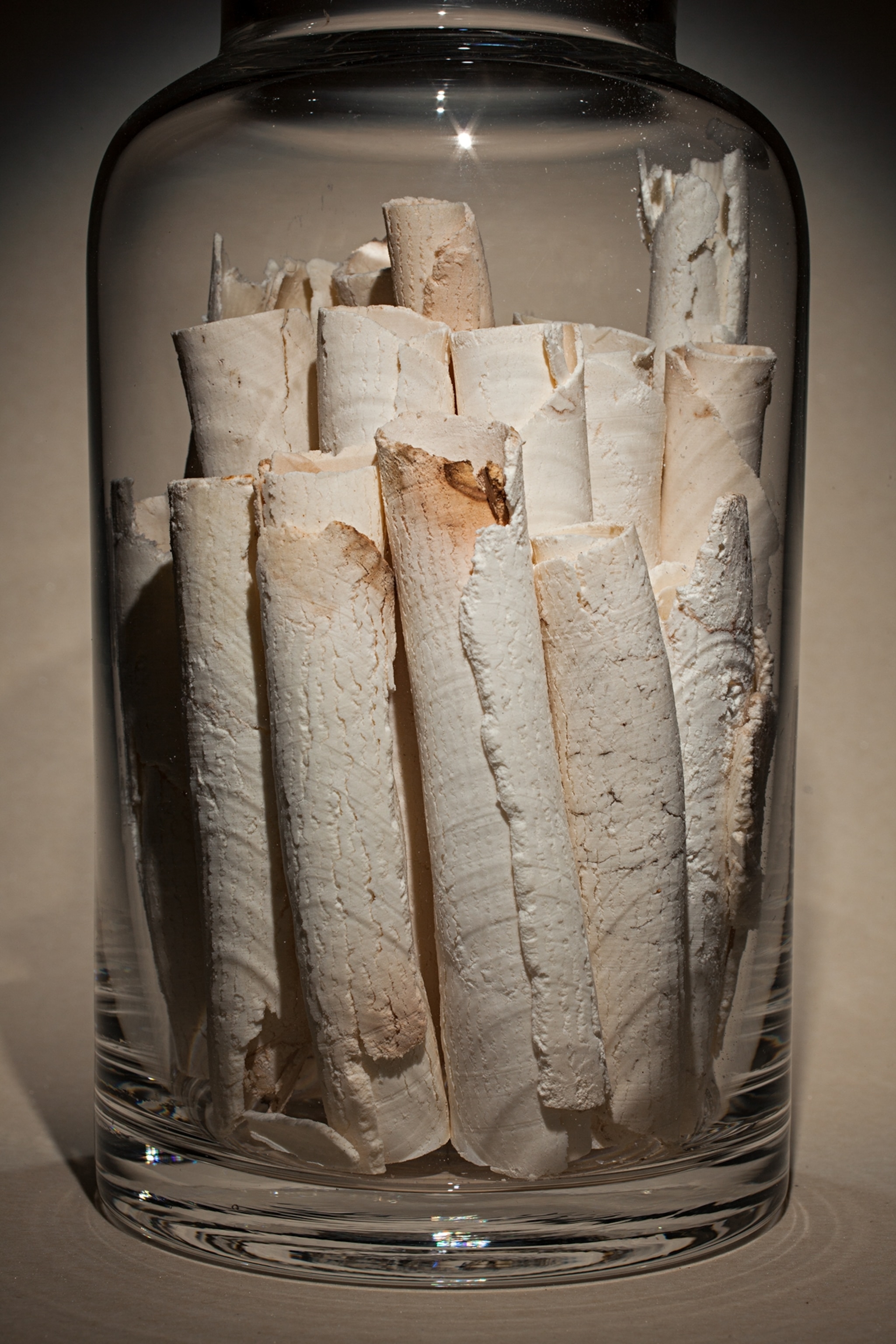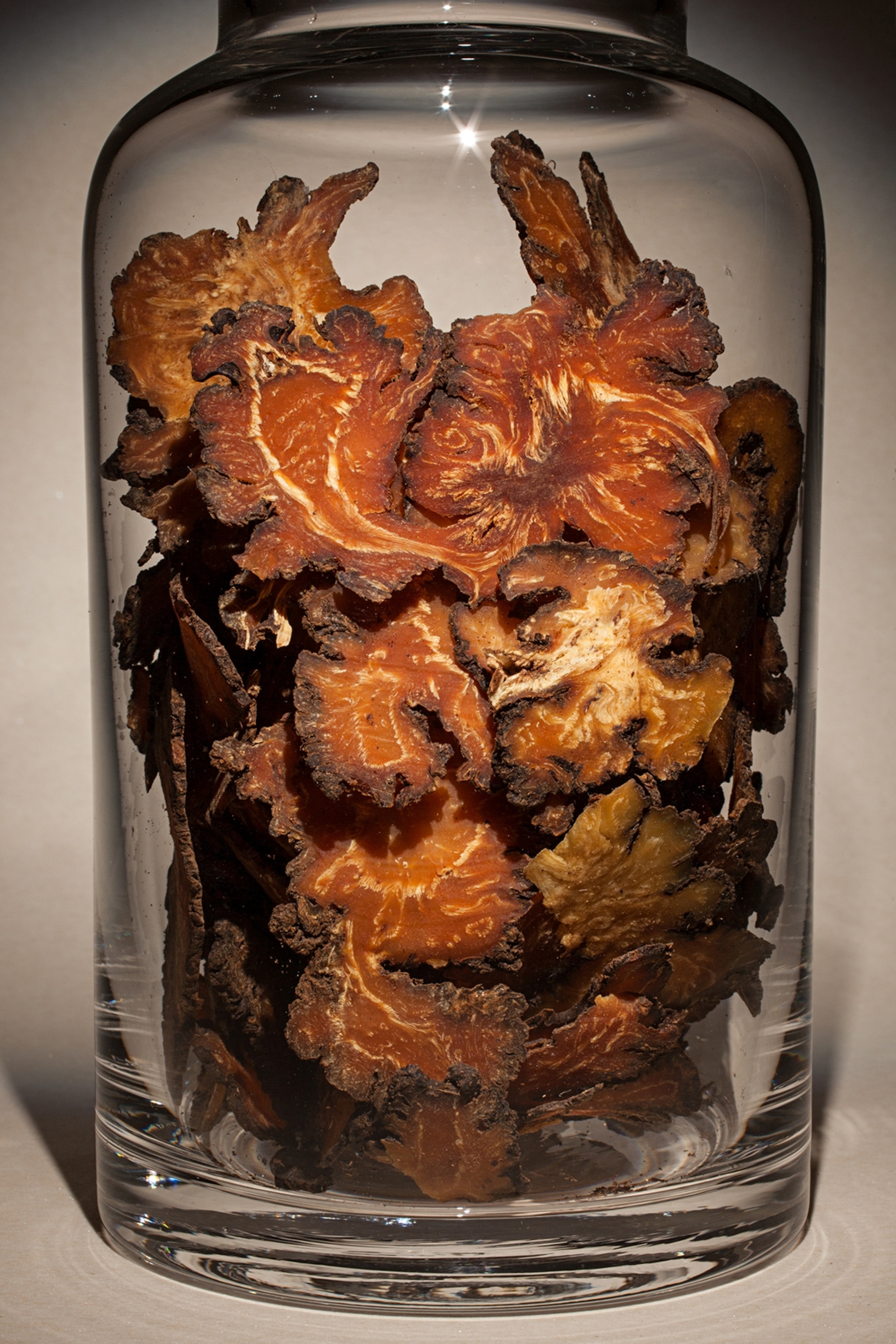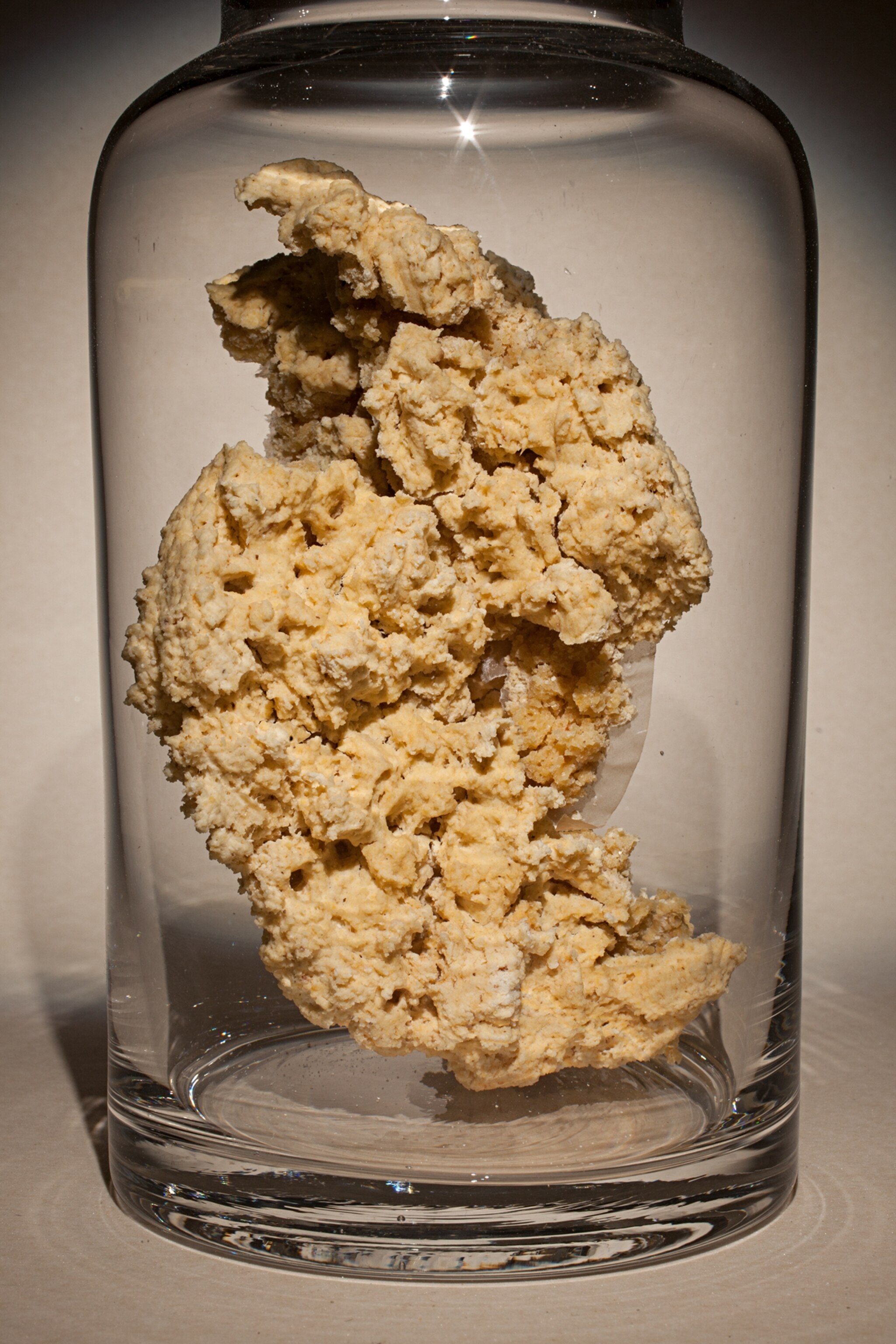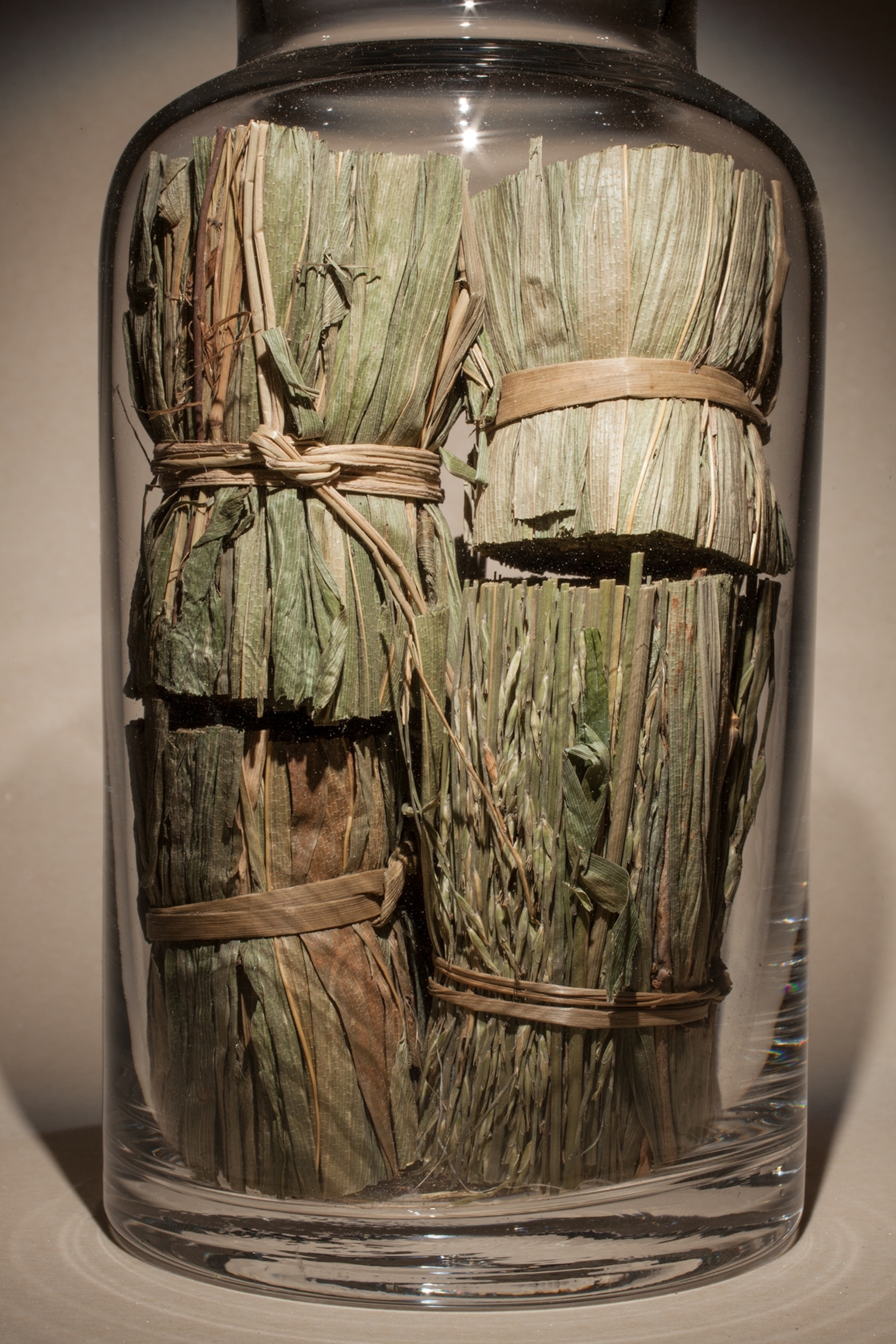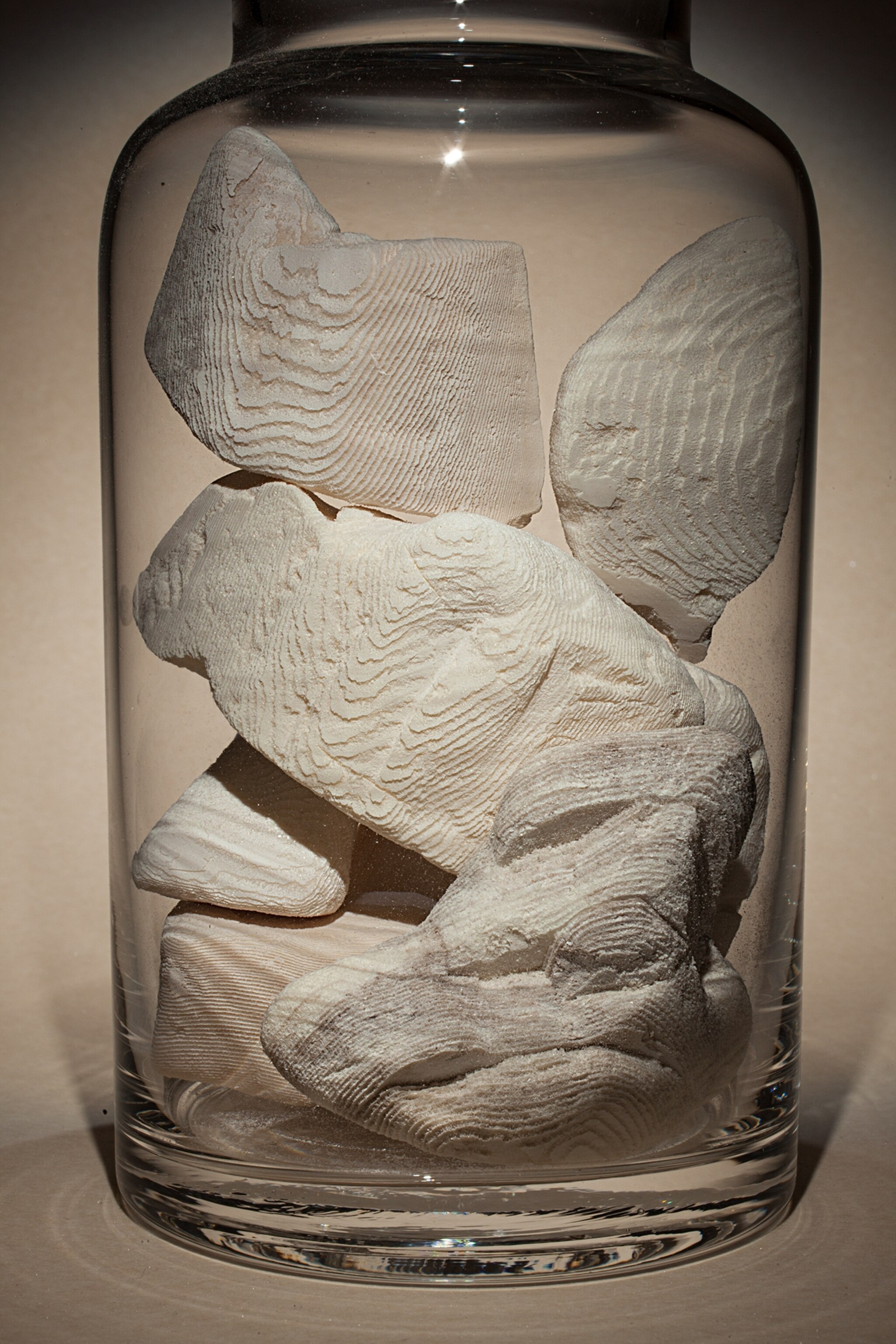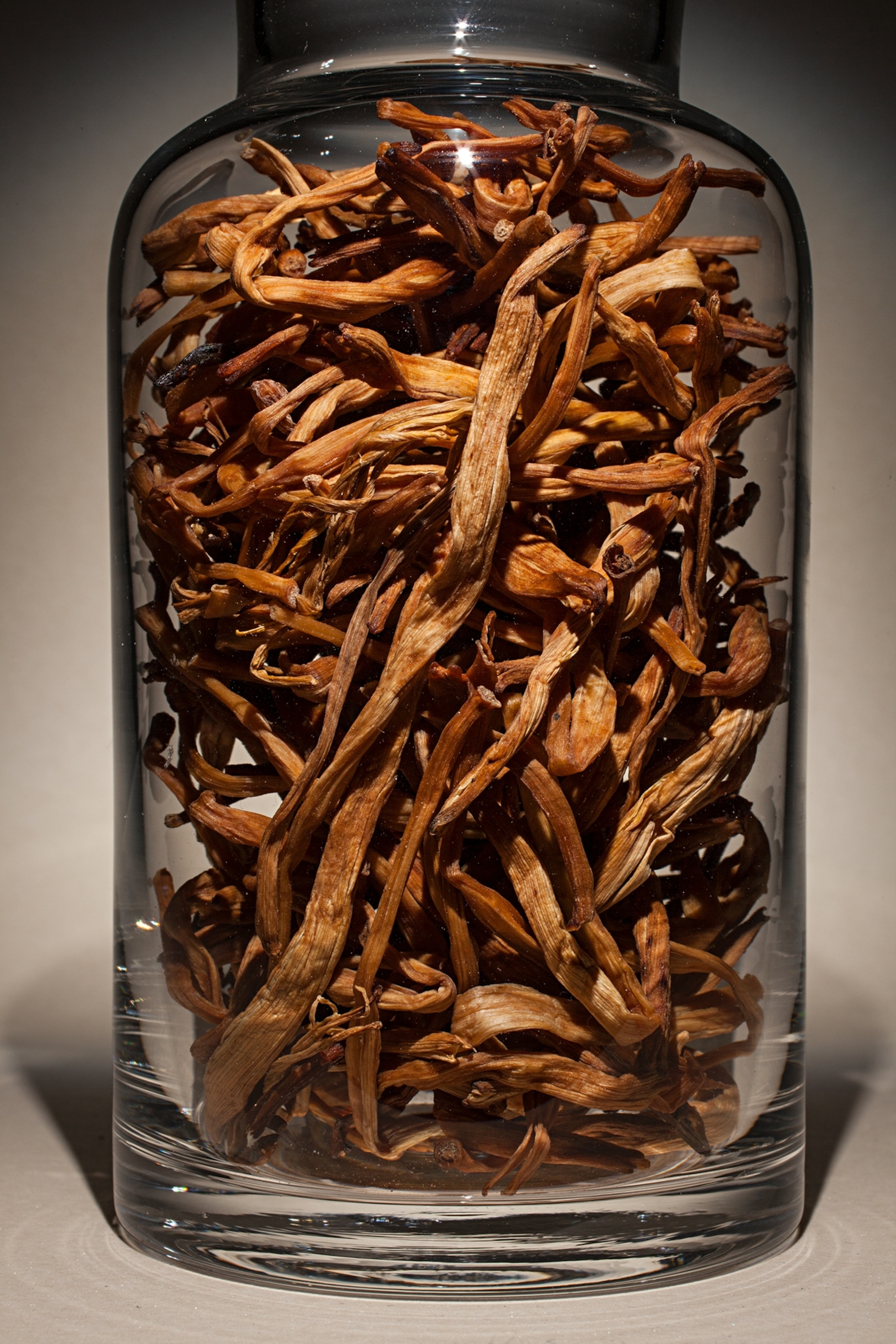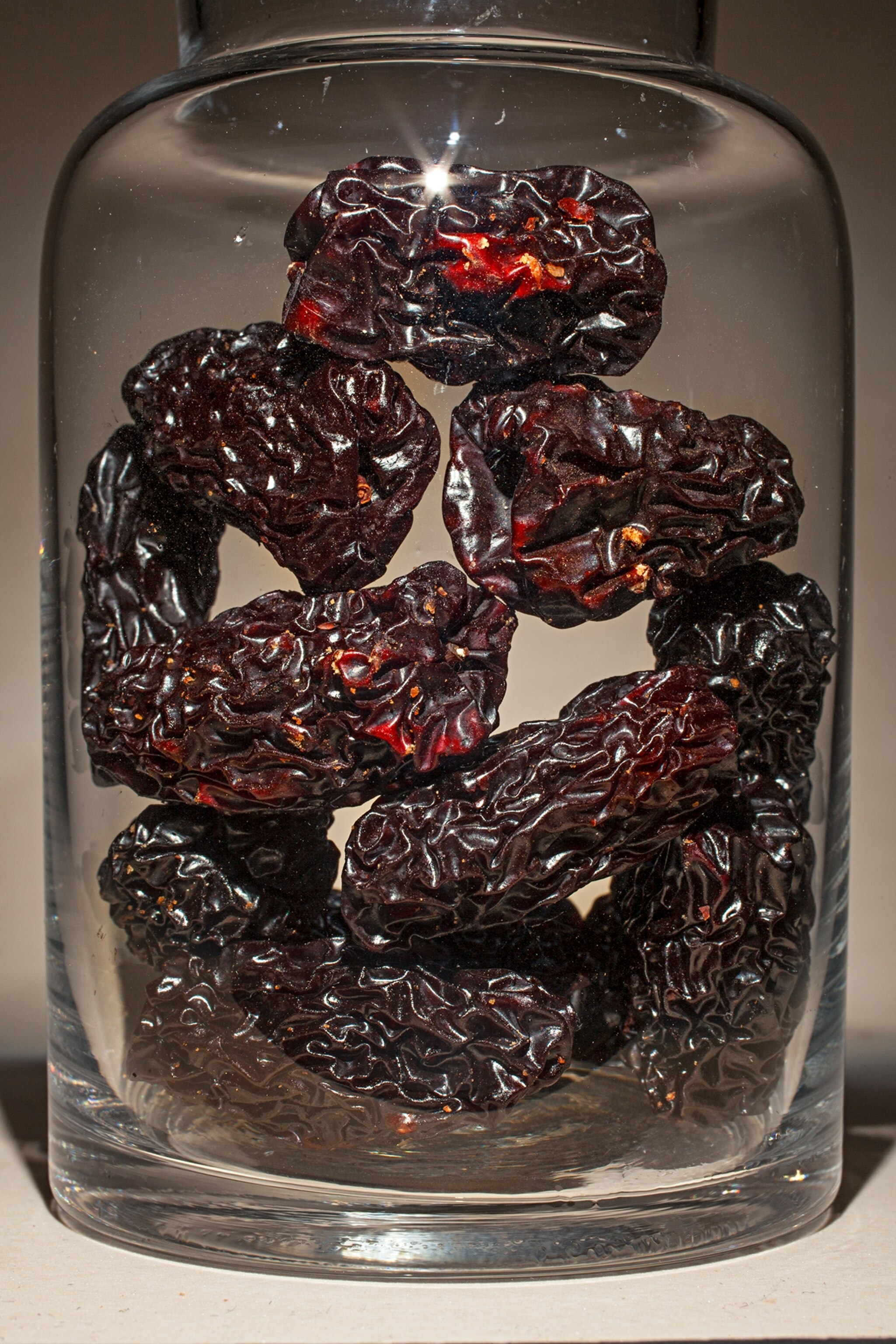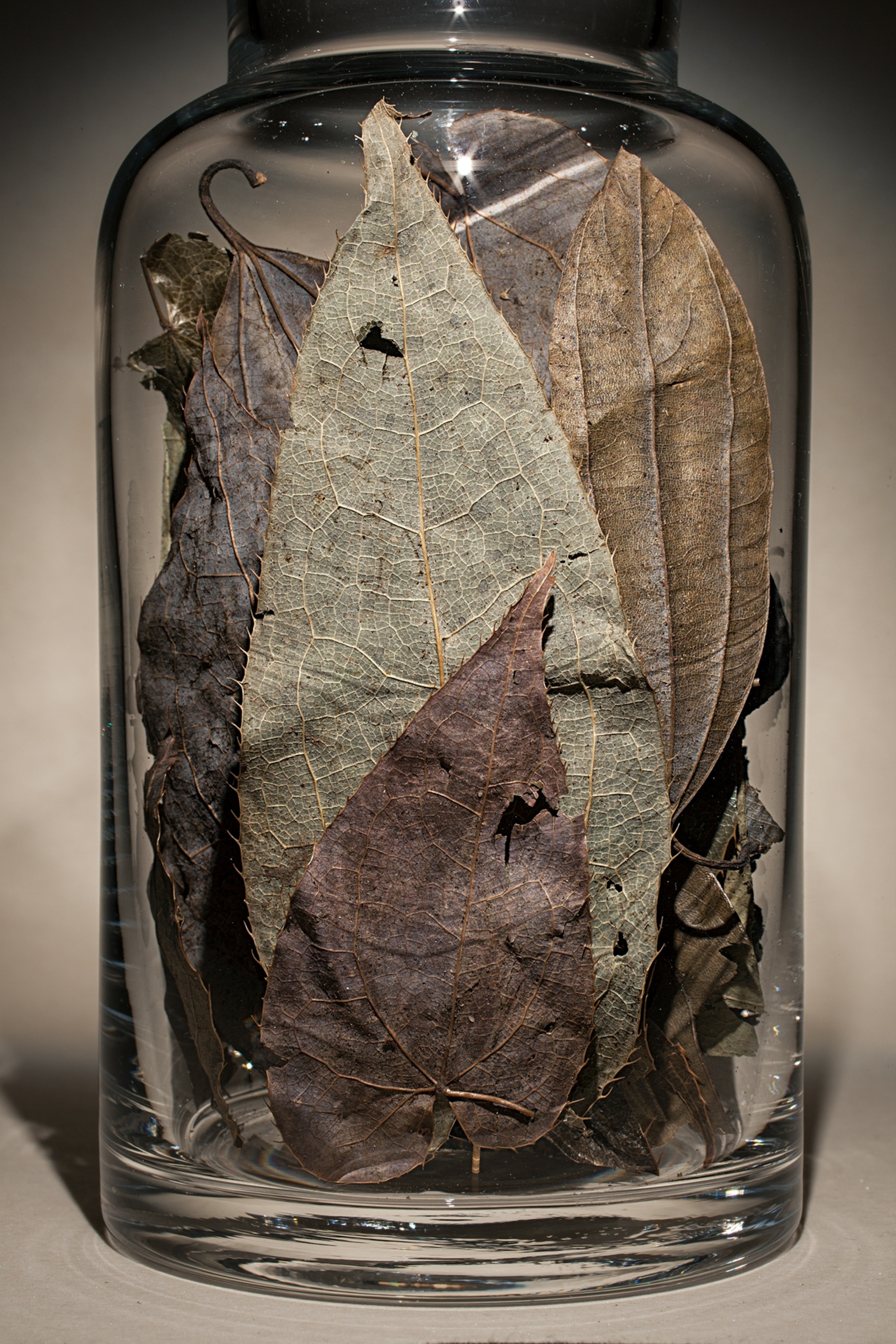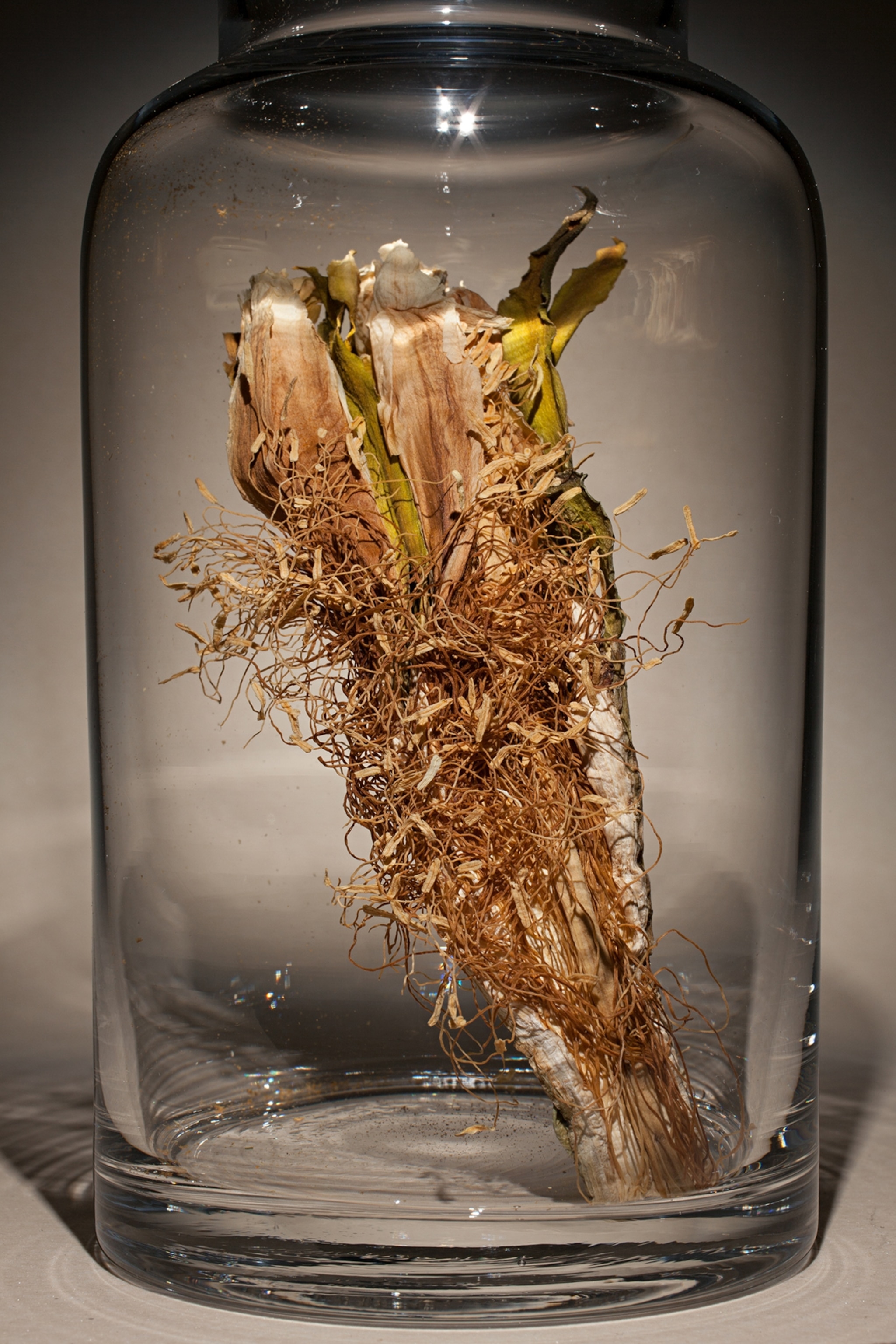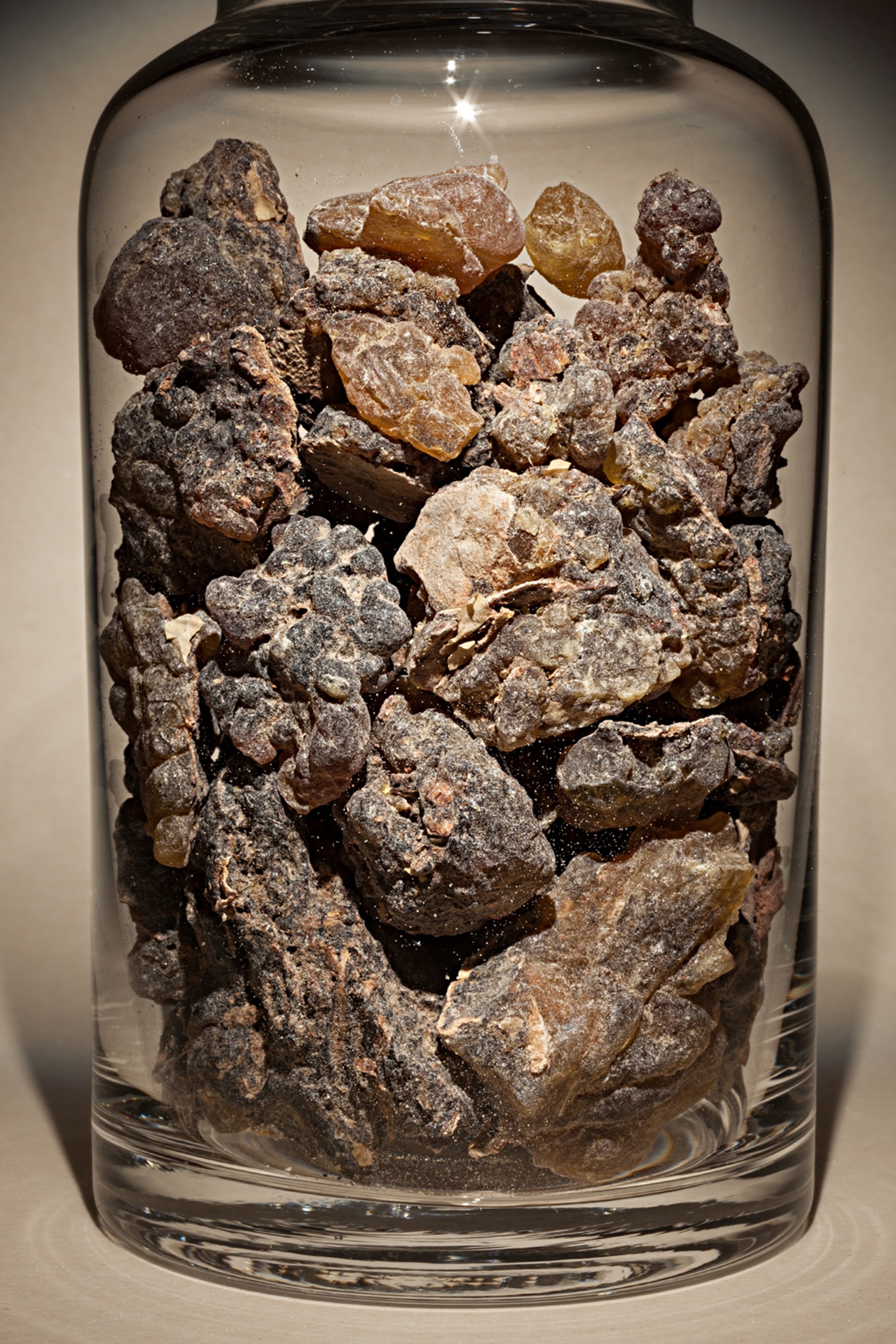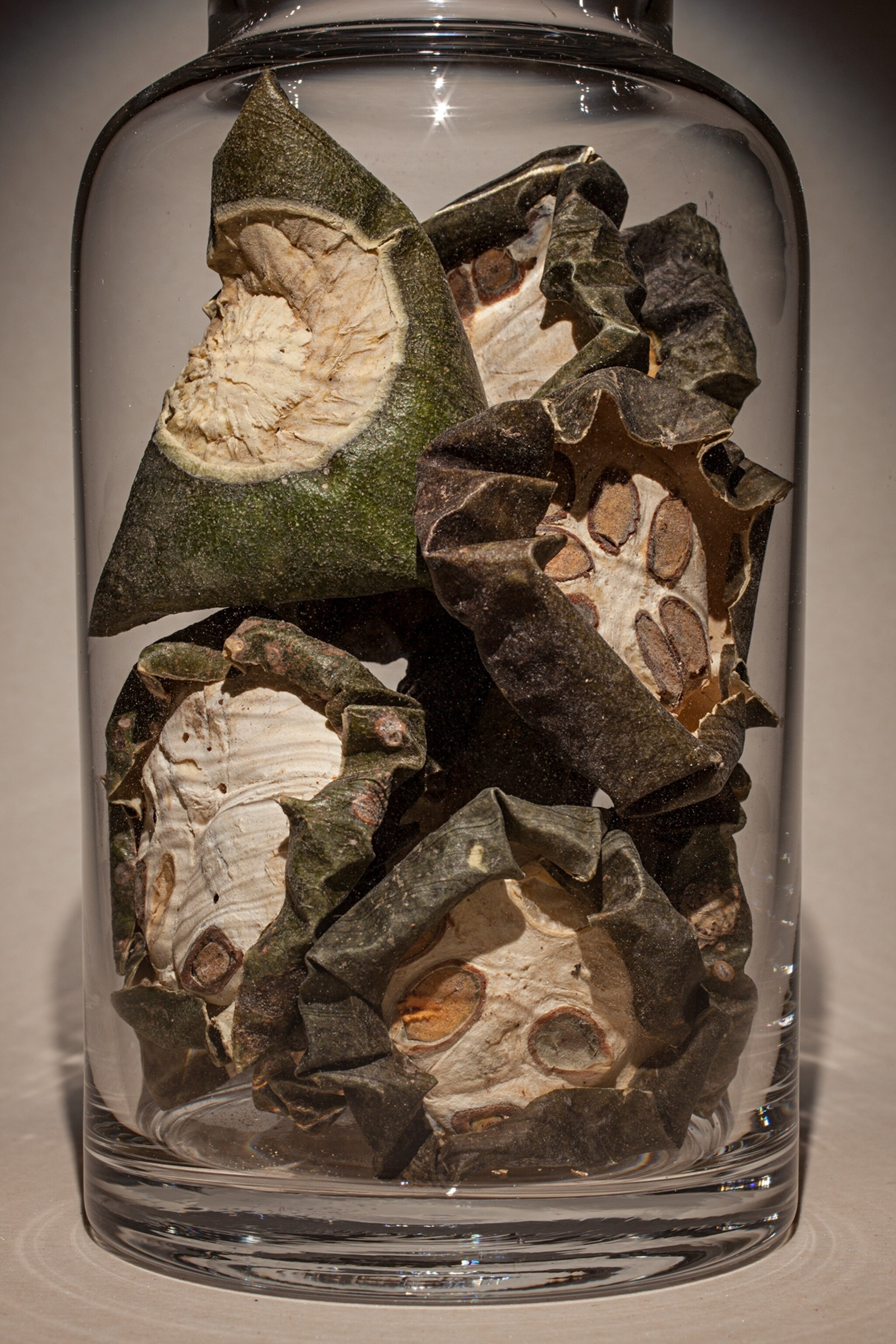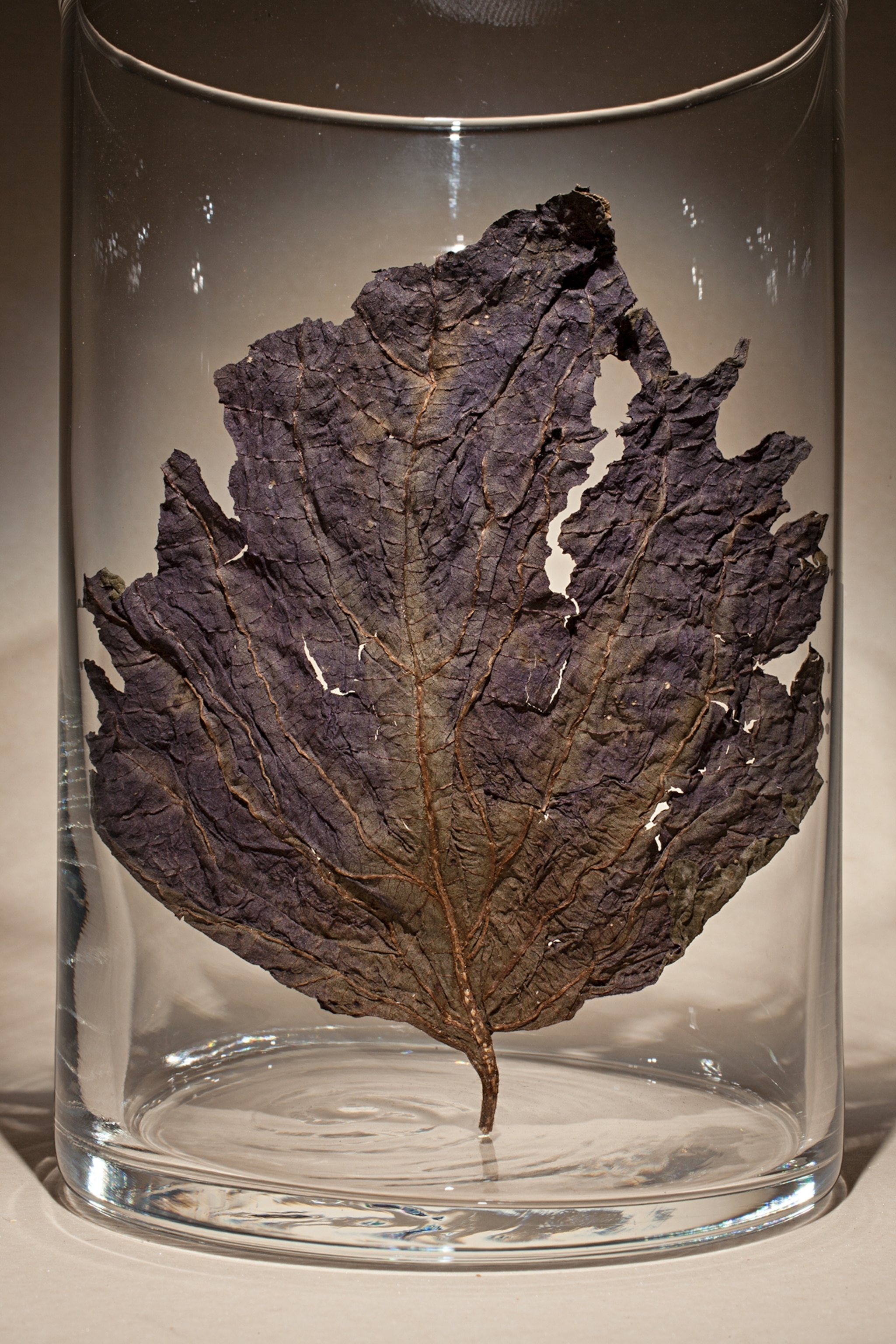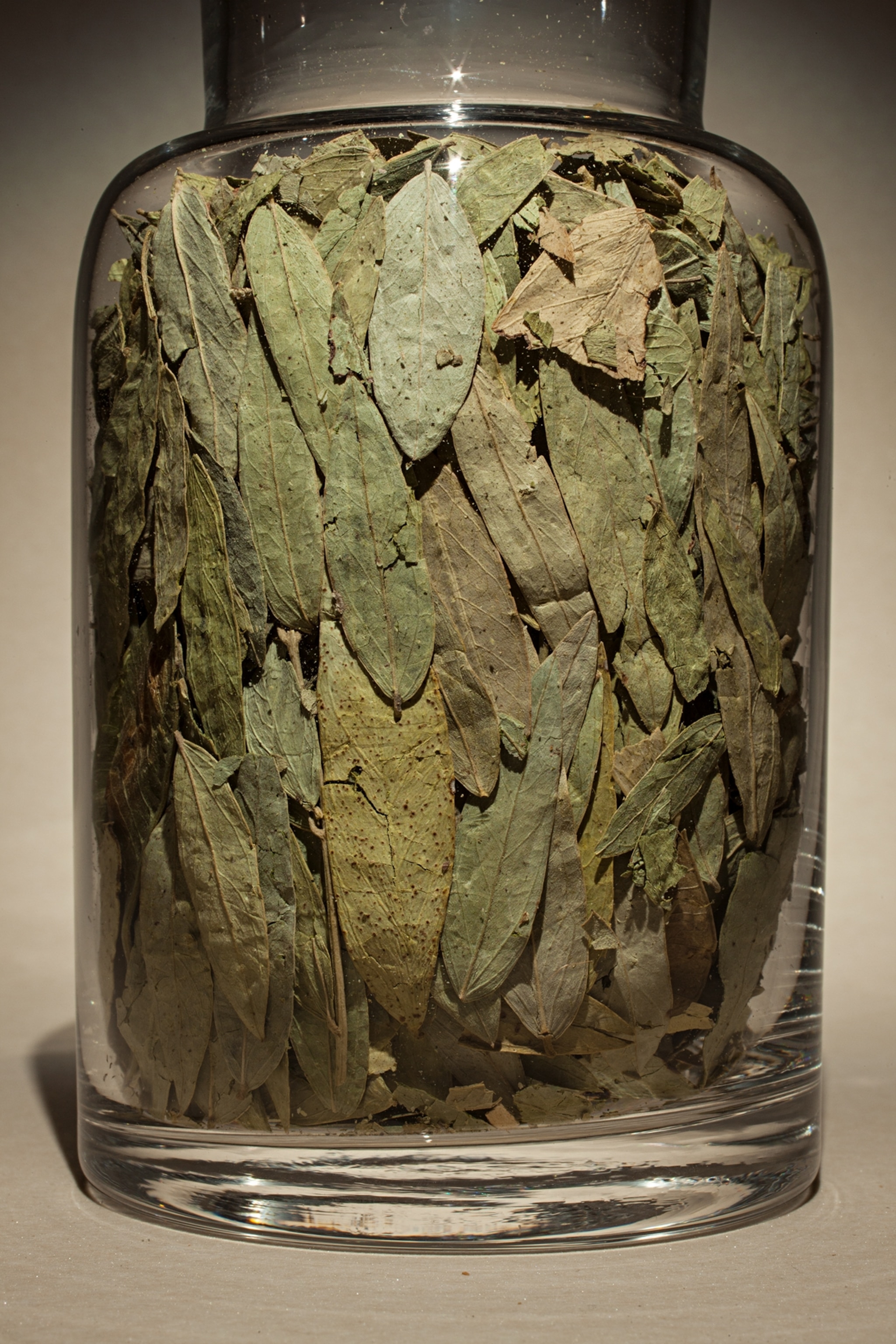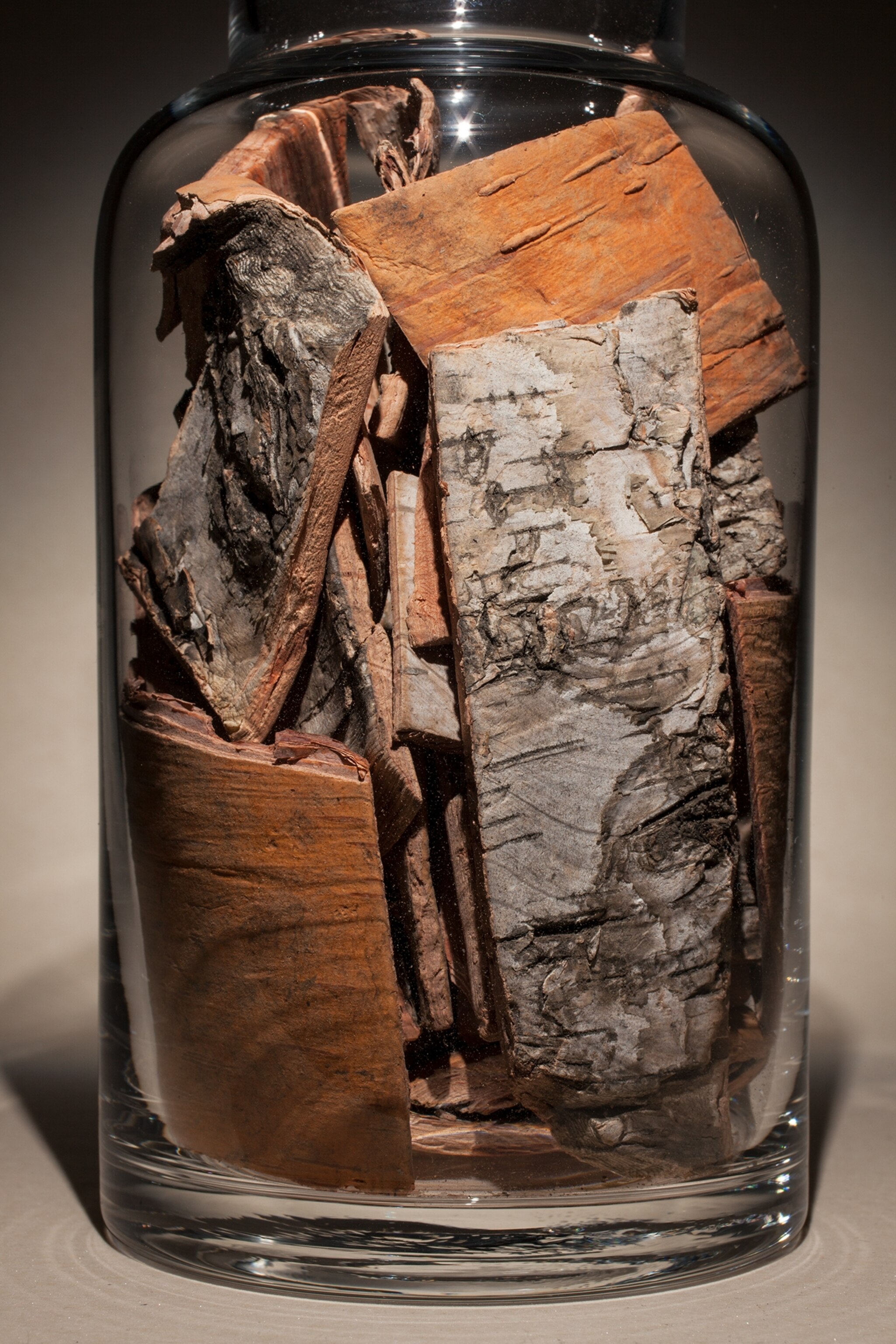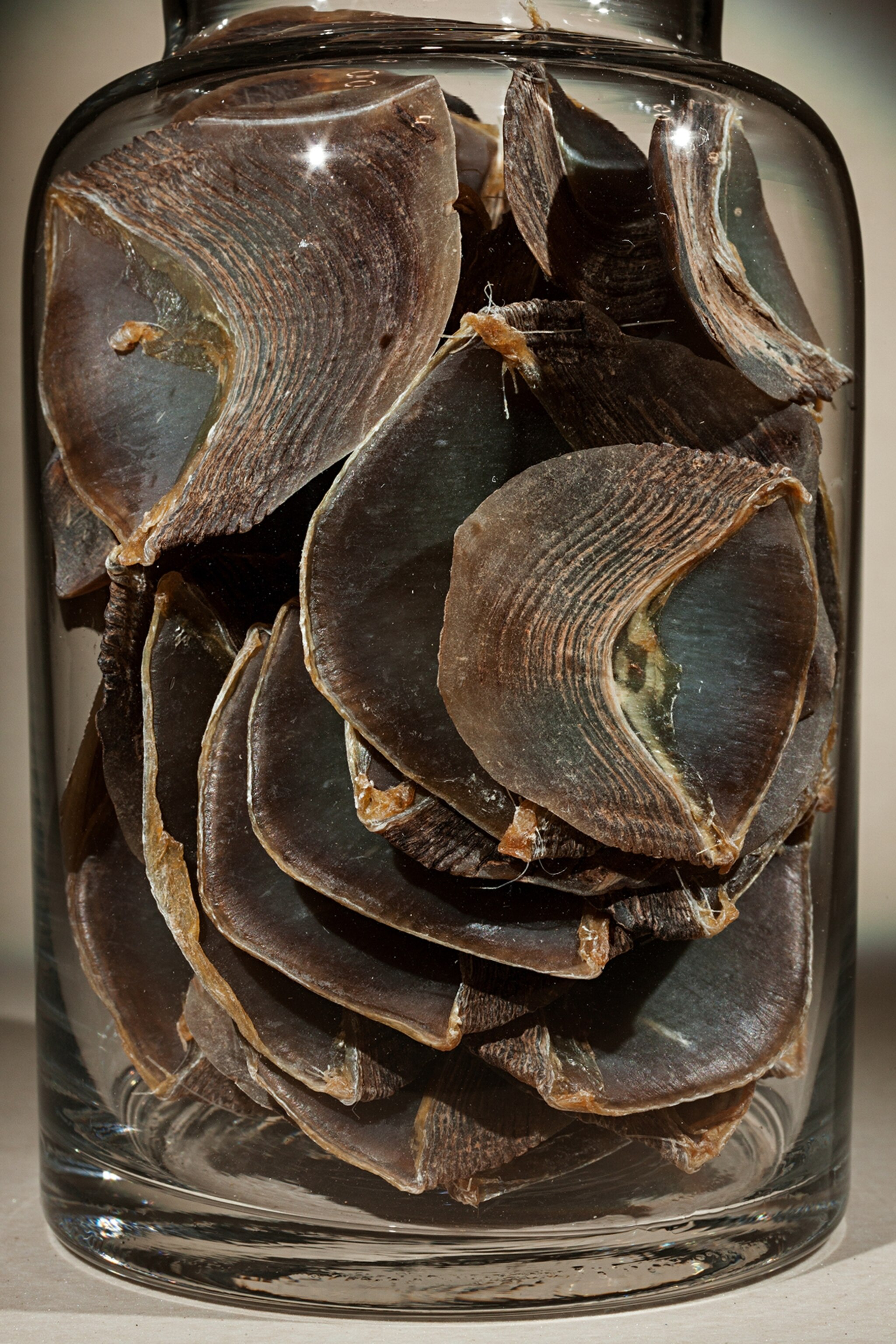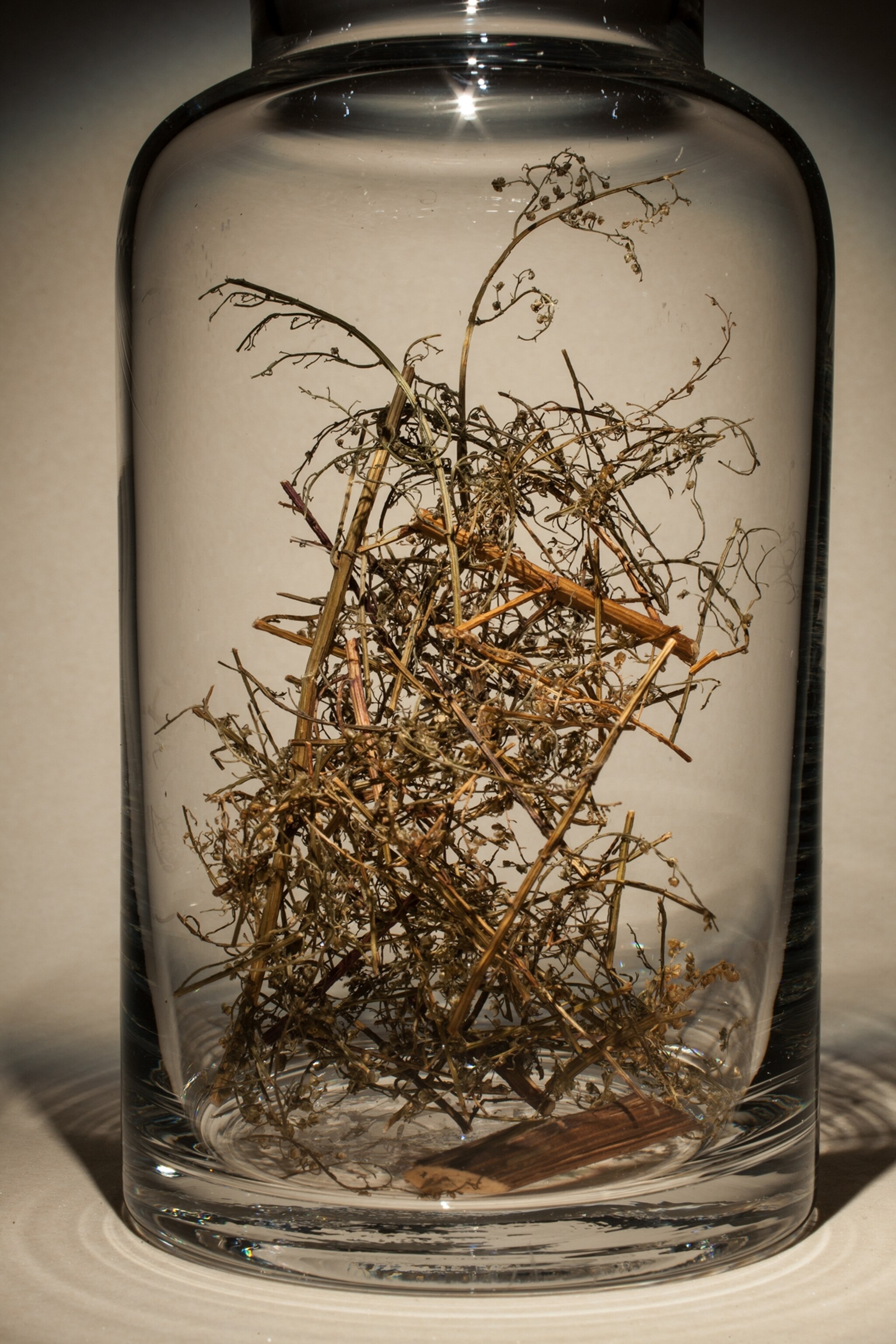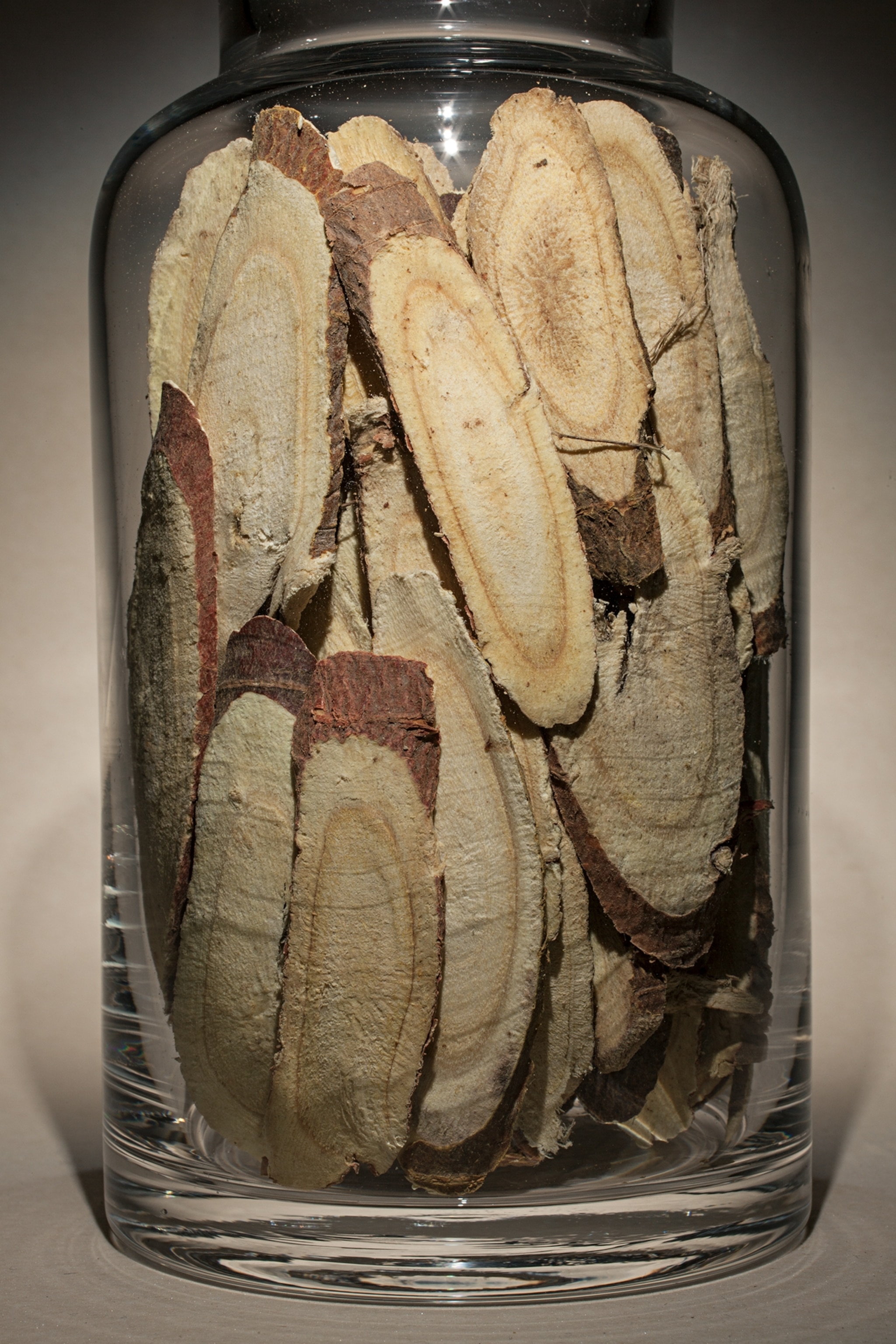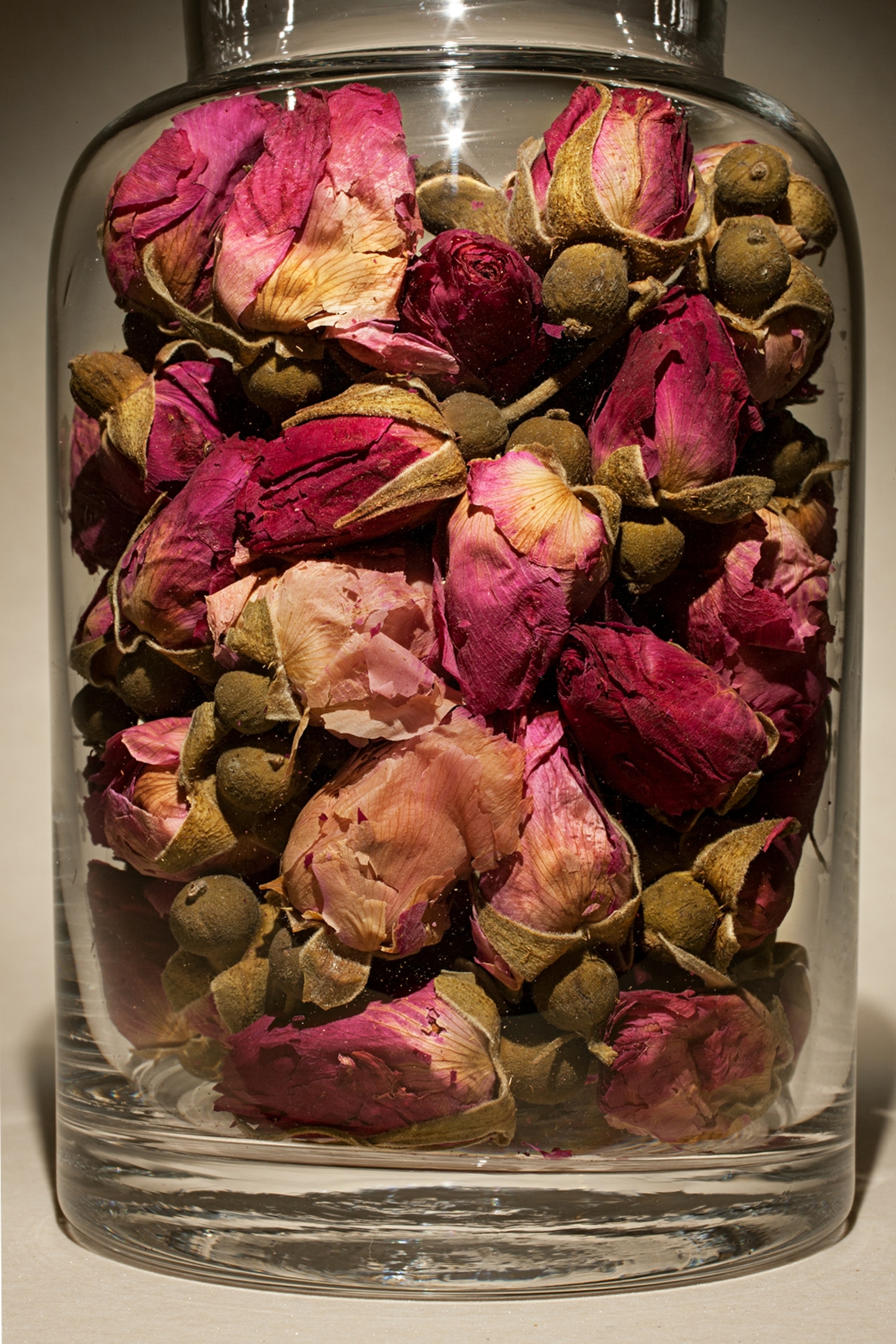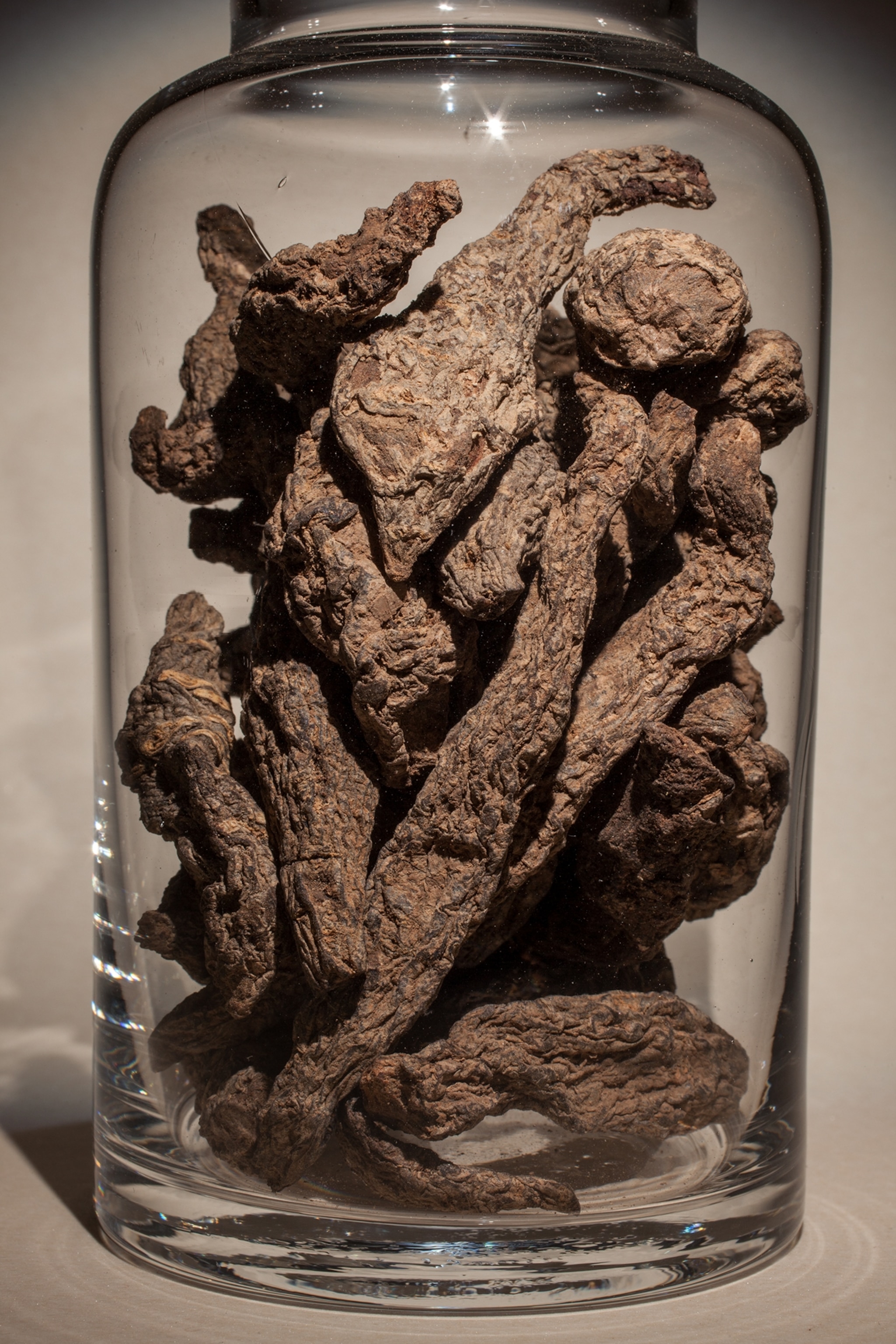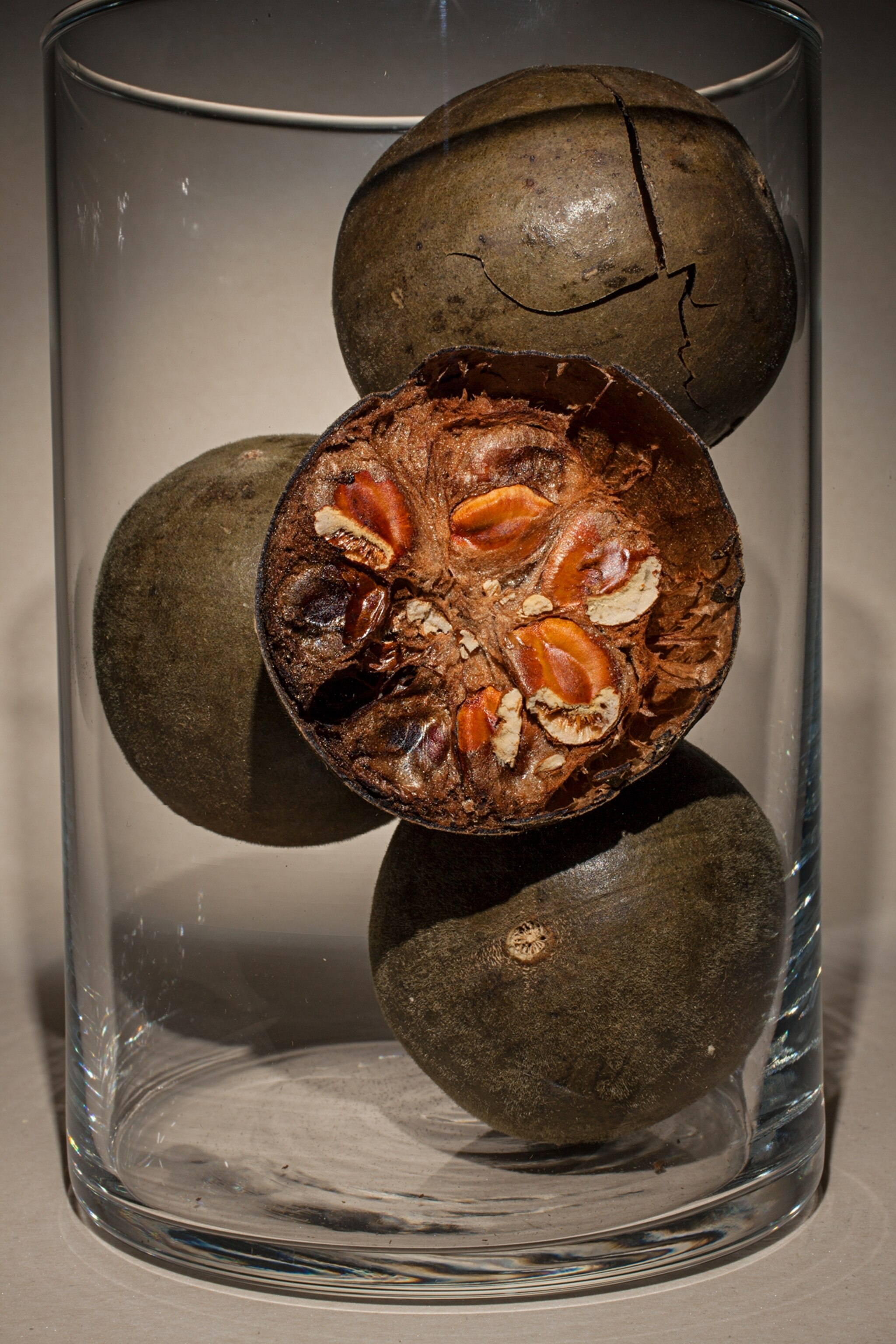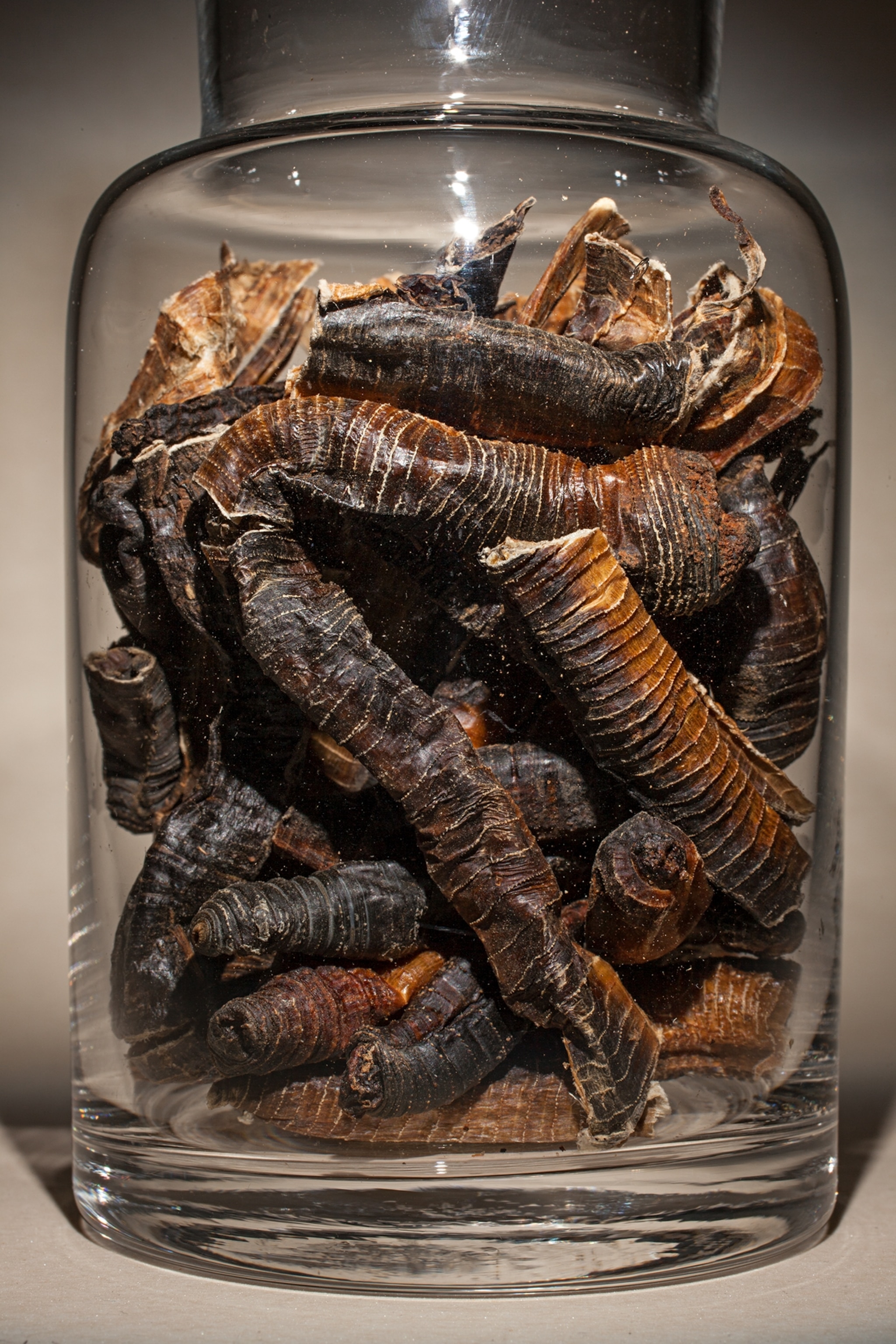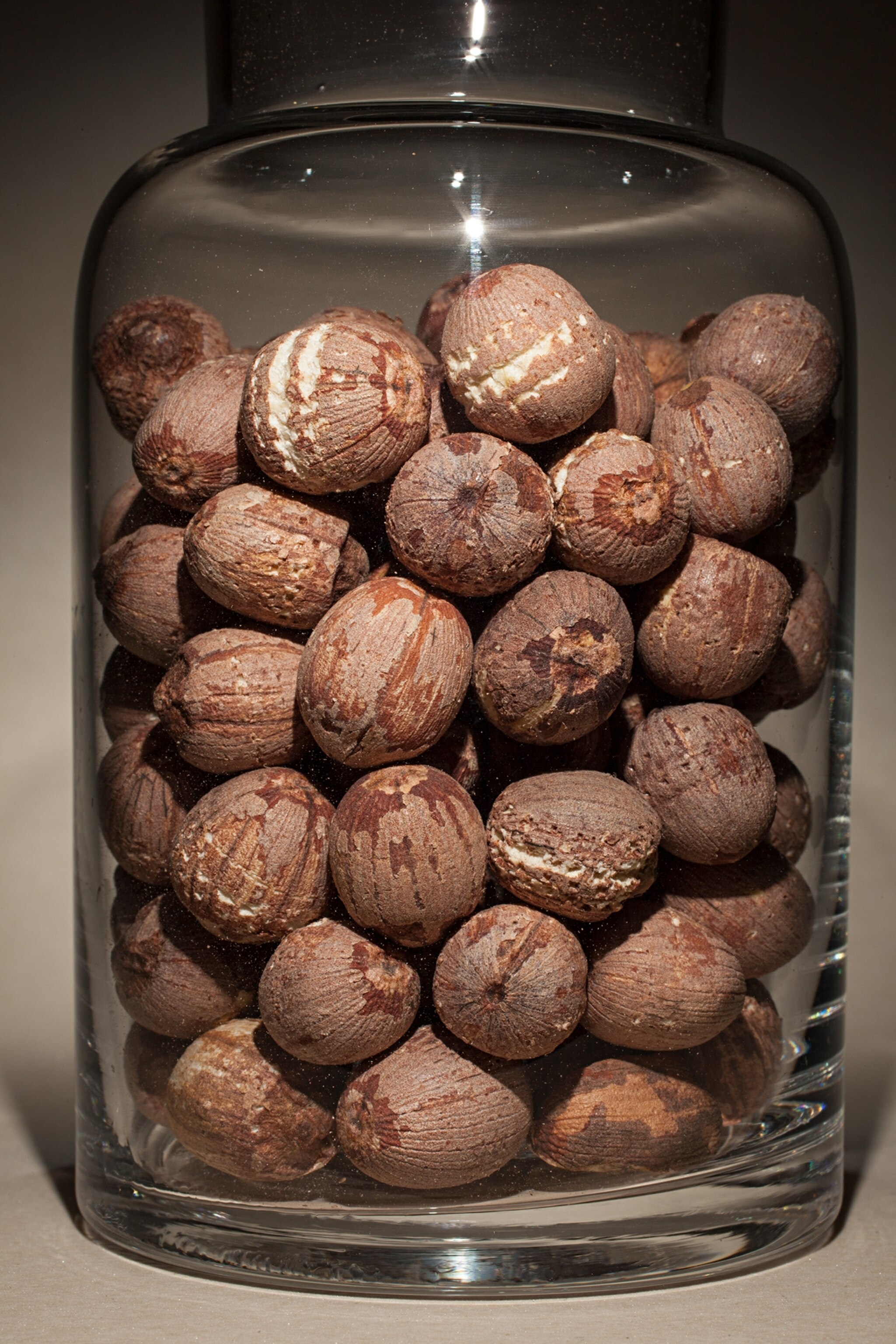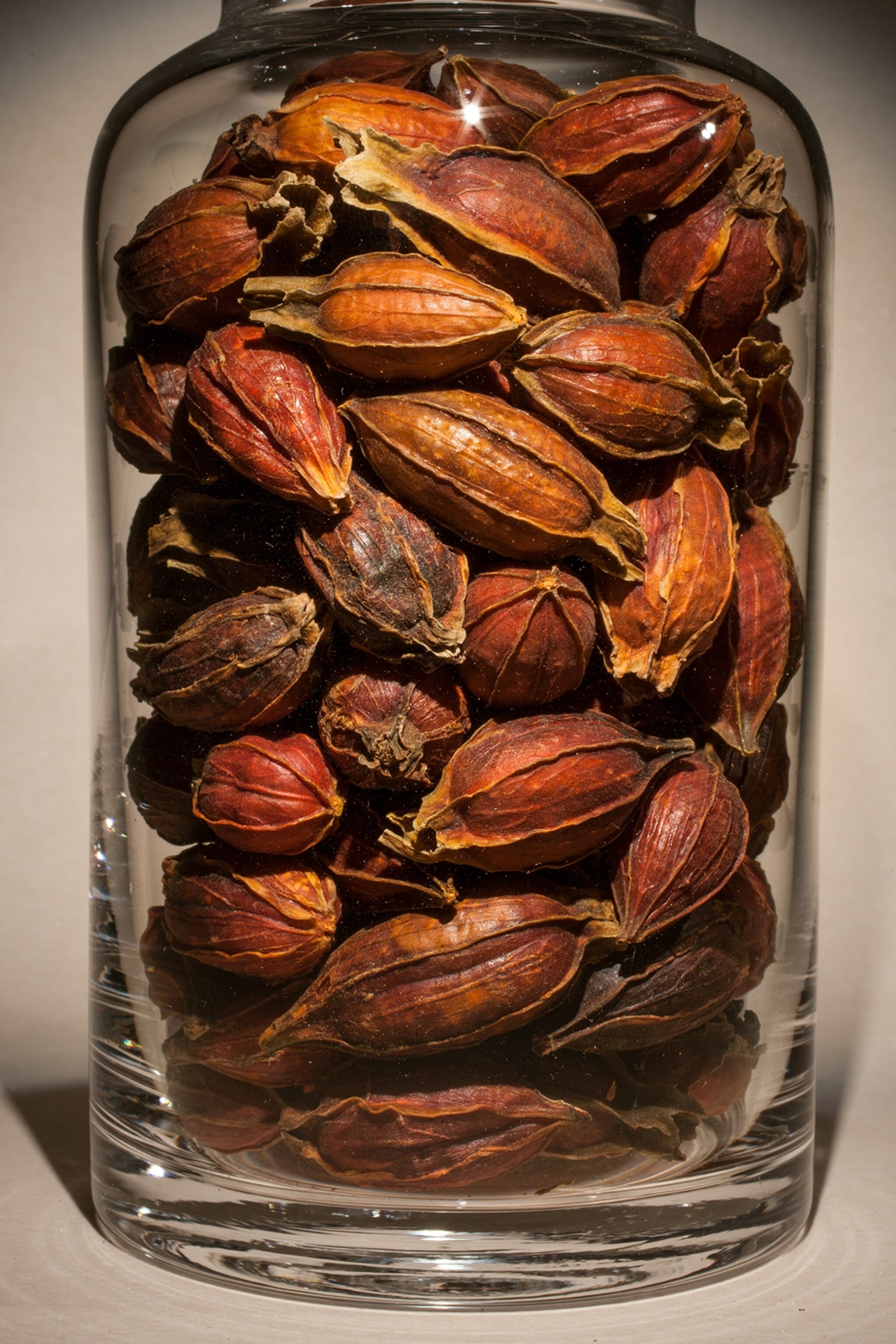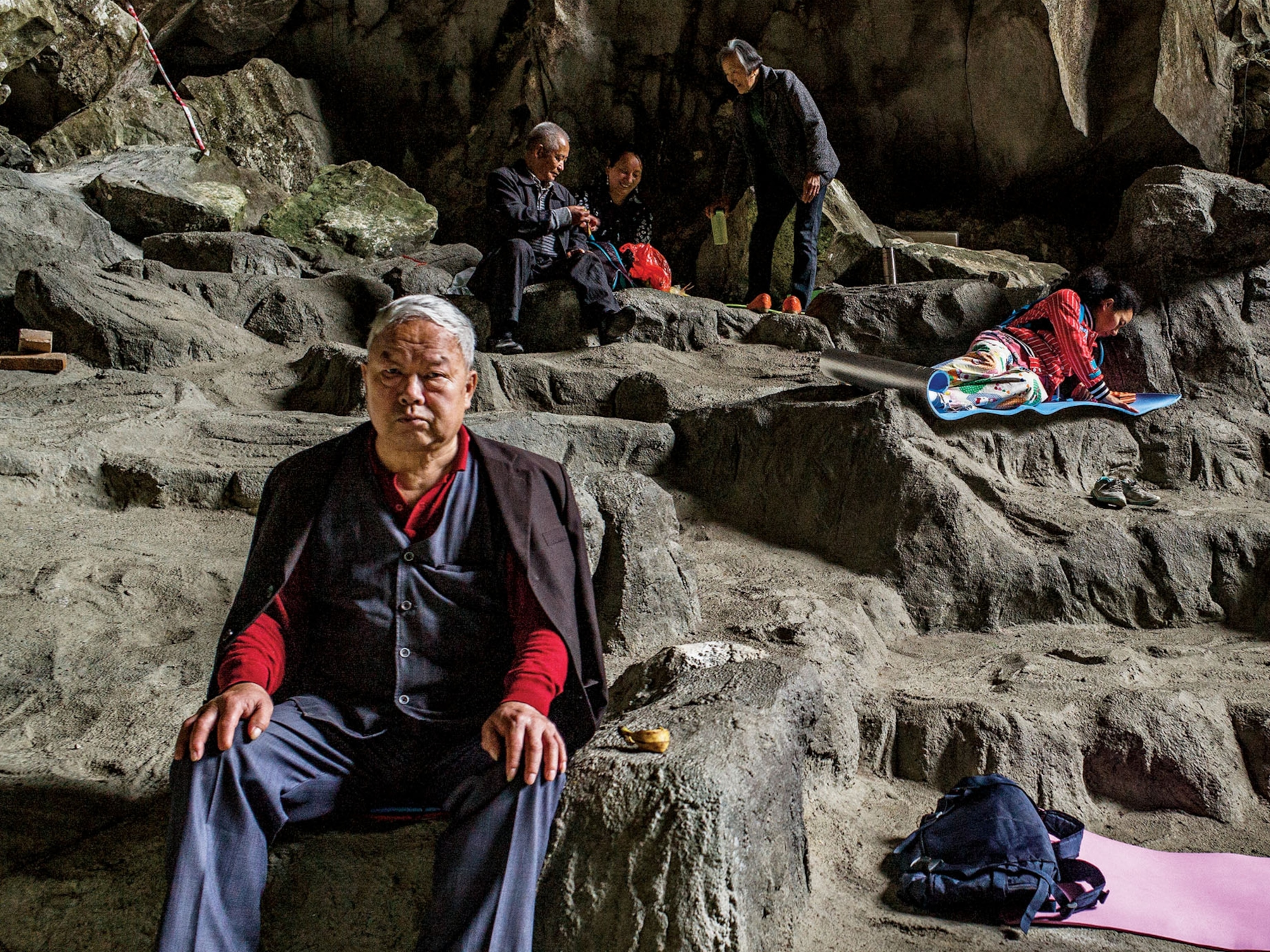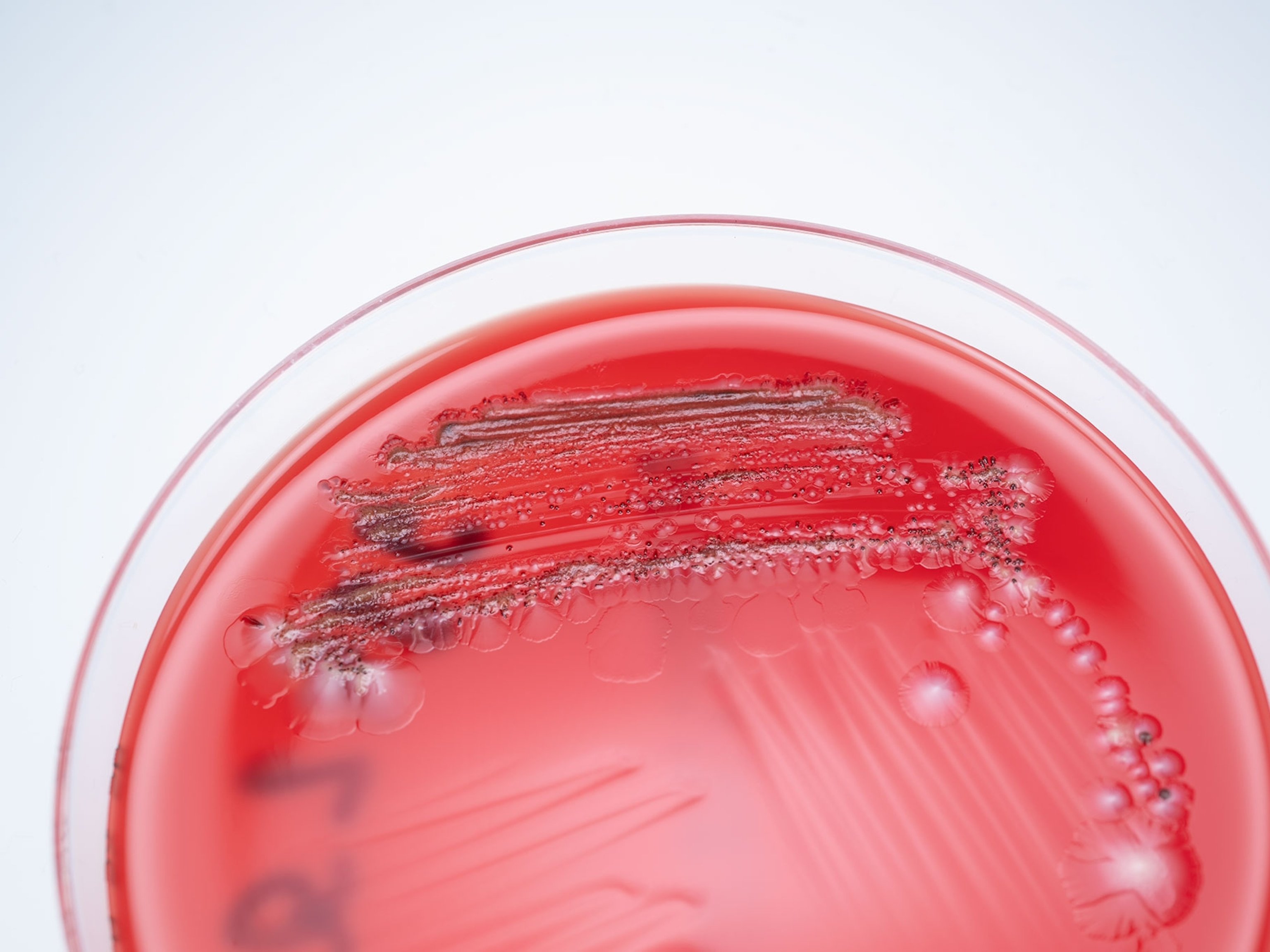See the diverse ingredients in traditional Chinese apothecaries
Healers draw from a wide assortment of natural substances to treat their patients.
Step into a traditional apothecary in China today and you’ll encounter rows of jars and bins filled with a colorful and aromatic array of substances—from common roots, herbs, and flowers such as ginseng, mint, and jasmine to more exotic items, including wasp nests, abalone shells, earthworms, scales of endangered pangolins, and even human placentas.
For more than two millennia, traditional Chinese healers have been culling these and thousands of other ingredients from the natural world for use in medicines. But focusing on the unusual forms they may come in is misleading. “All these ingredients are really just combinations of chemicals,” says Yale scientist Yung-Chi Cheng, who leads a team that has developed a promising herbal cancer treatment based on an ancient Chinese formula.
Over the centuries, early physicians tested various ingredients, alone and in combination, observed their effects on patients, and recorded the outcomes. The formulas that resulted from this process were passed down through the ages, and succeeding generations of physicians refined them and added to them. In the modern age, science has produced many more efficient and effective treatments, but traditional cures remain popular in China and elsewhere.
This gallery identifies some of the ingredients found in traditional Chinese cures and their uses.
